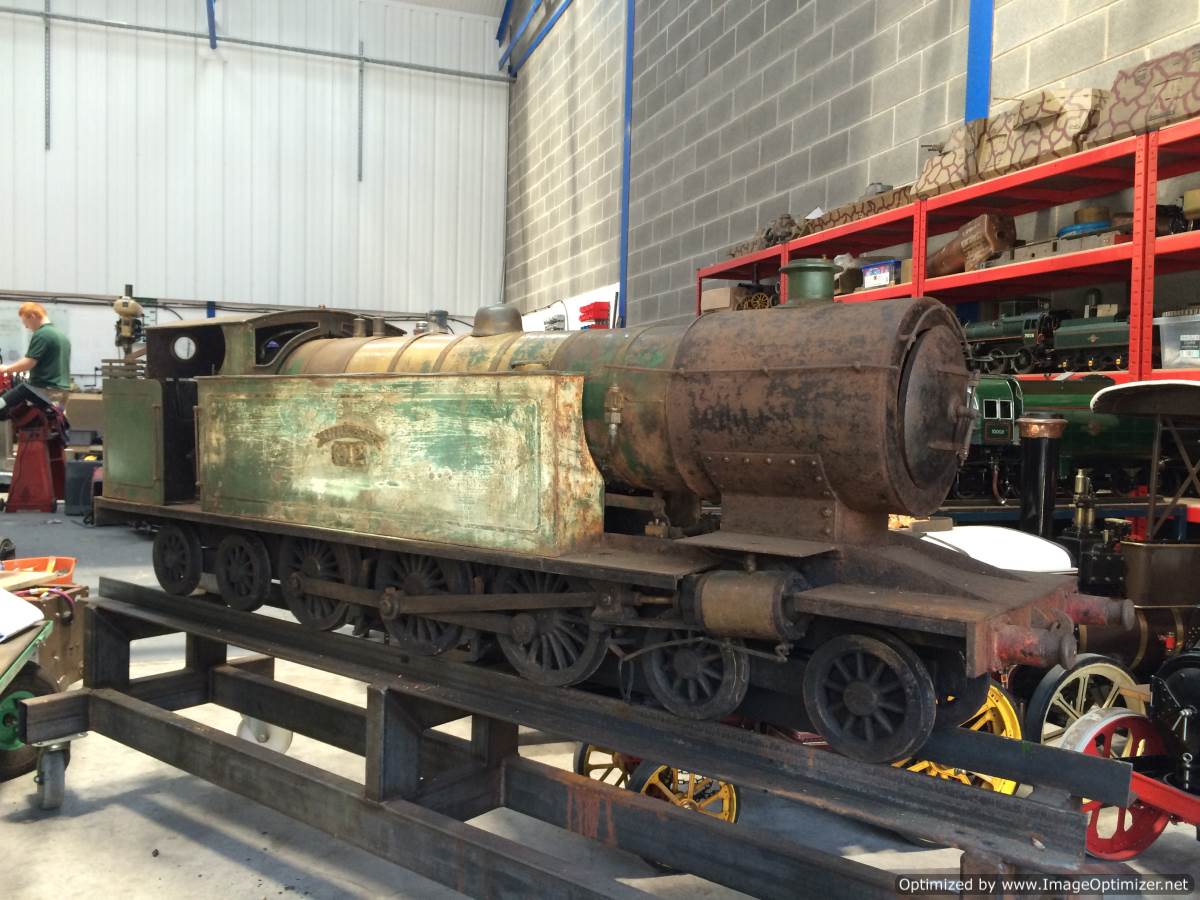
'Little Bear'
Built by Mr G Essex in 1912
Well this is a very interesting, historic and above all,.... big loco! 'Little Bear' came to us as a genuine 'barn find' model, with nobody having any idea of her history or previous existence. All the usual authorities on historic models drew a blank, and we resolved to searching through historic magazines to see if any light could be shed. The 1912 plates had a ring of authenticity to them, as the loco certainly has all the hallmarks of a model from that period. So whilst searching through contemporary Model Engineers, a friend emailed us the jackpot article. The model is indeed a 1912 build by a Mr G Essex, and a very thorough article turned up several very interesting details, not least of which was a full description of the model's paint scheme which we think proves that she is still in her original, if extremely tired paint. This article, together with a few photos from 1912 have given us a superb reference point from which to ensure the historical accuracy of our restoration.
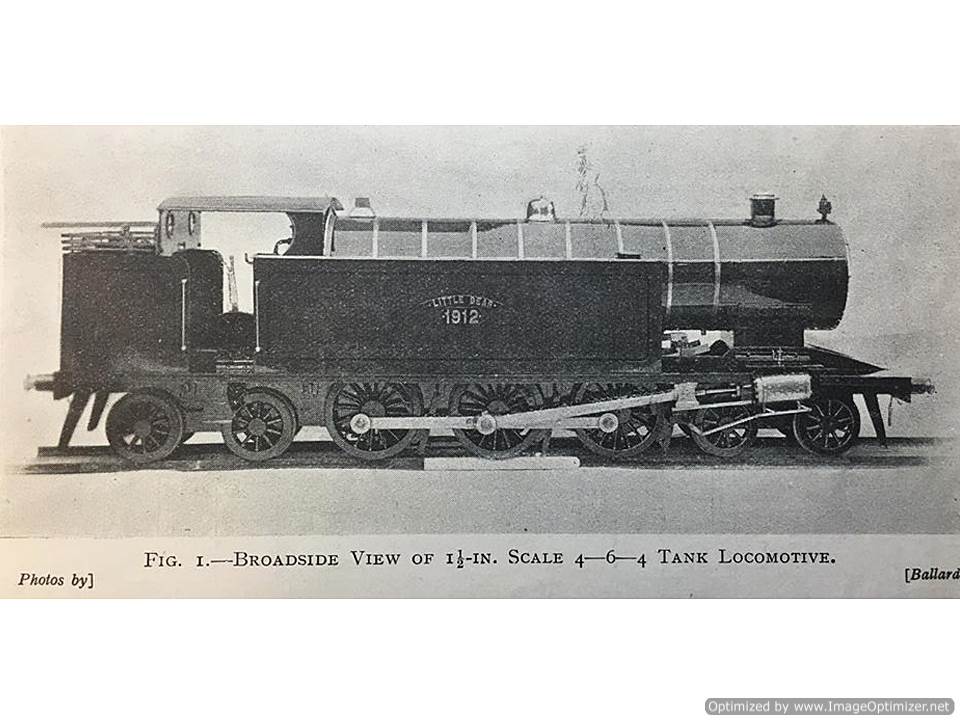
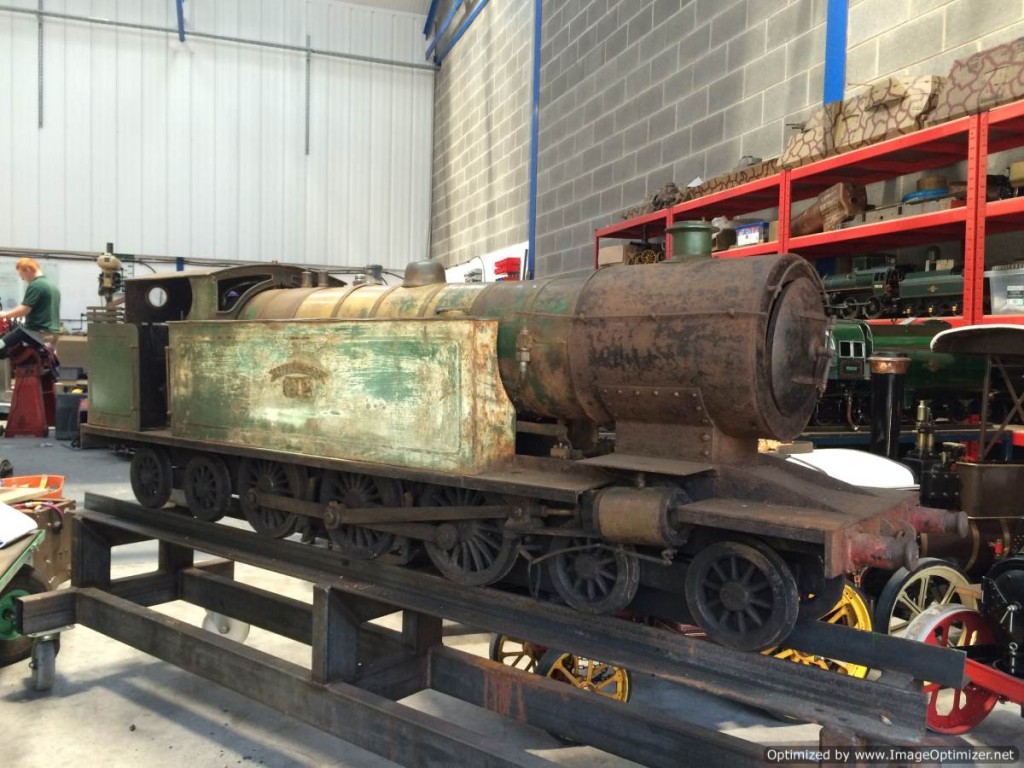
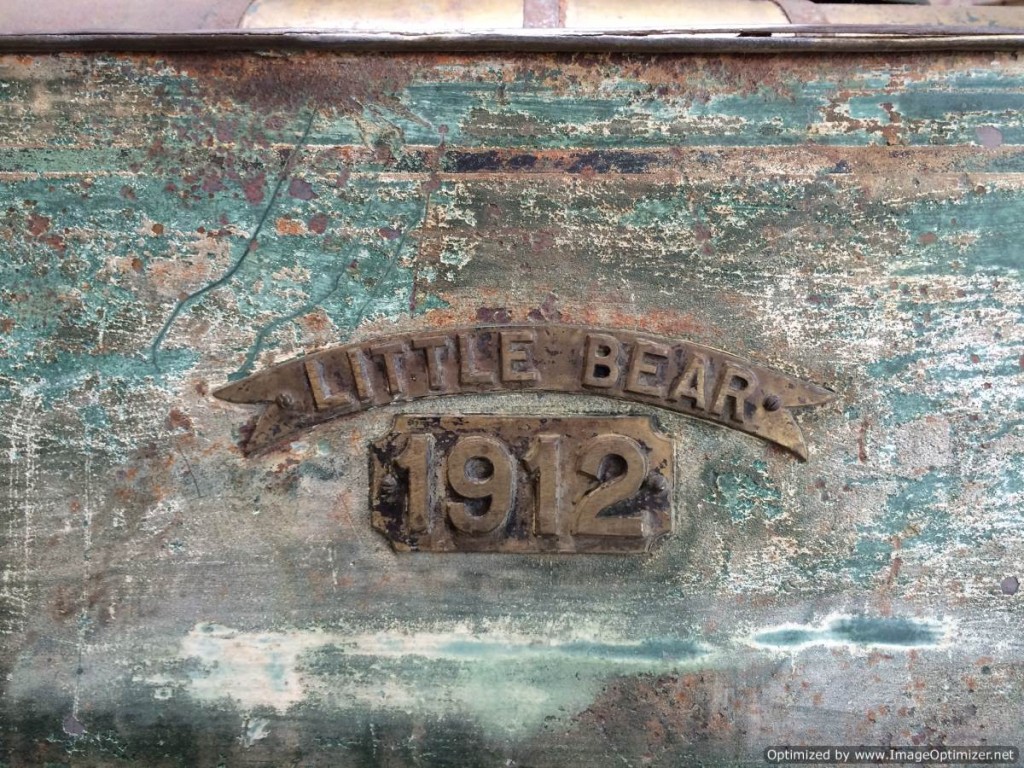
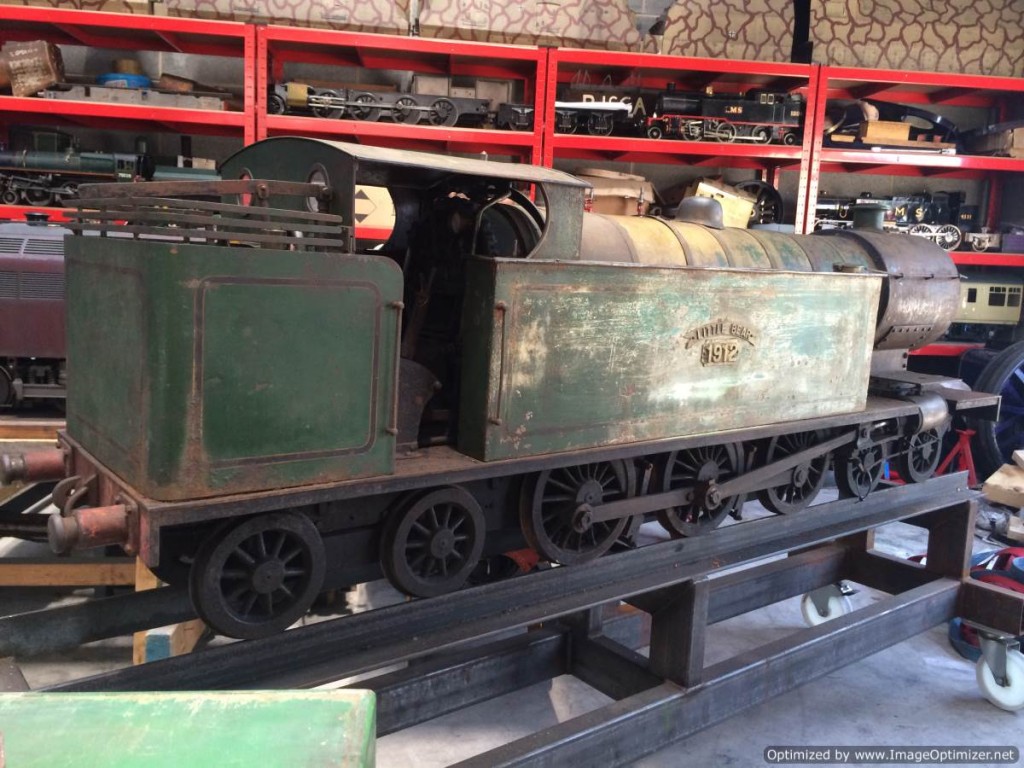
Most notably from the article was the rather staggering revelation that this huge 7 1/4" gauge 4-6-4 baltic tank was originally built with a Smithies water tube paraffin fired boiler! Something that today a model engineer with a modest degree of experience would find an optimistic decision at best!
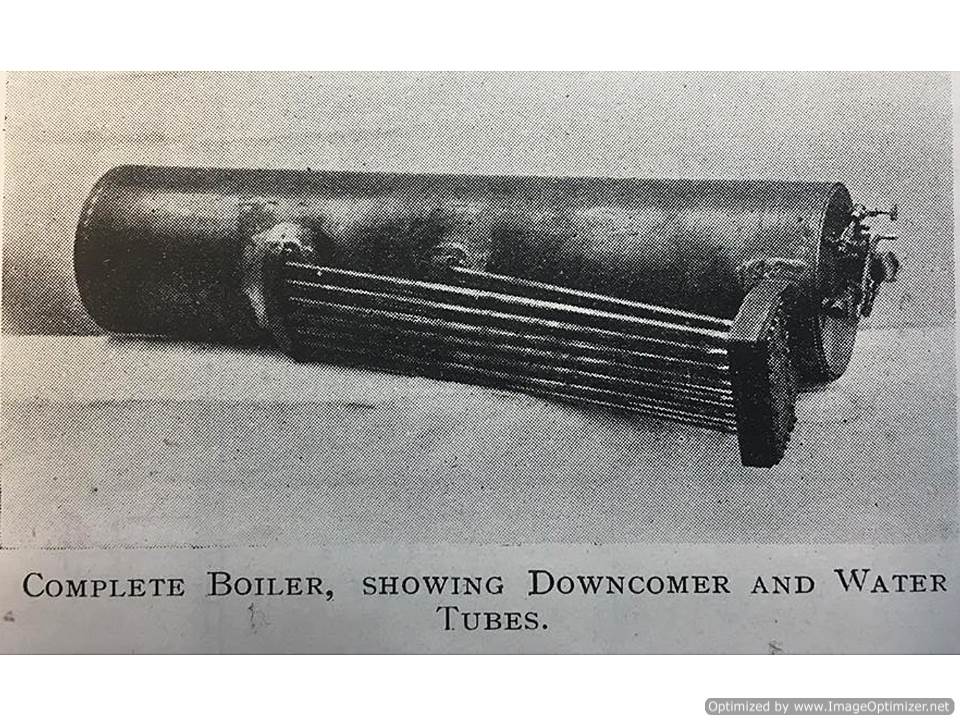
It clearly didn't work, because it appears to have been quickly replaced with the traditional coal fired locomotive type boiler that it currently wears. However, in the context of a pre 1912 world where model engineering was really in it's infancy, and certainly models of this size and scale were extremely rare,..... the simple scaling up of the conventional method of paraffin firing locomotives of the day is perhaps an understandable route to have chosen. Little Bear pre-dates LBSC's 'Battle of the Boilers' Model Engineer scuffle by more than 10 years, so the idea of successful coal firing of miniature locomotives was really reserved to the bigger commercially made toys. Home built model engineering projects were common up to 2 1/2" gauge, but even from 3 1/2" and above the experience and wealth of models being build dropped off significantly.
Little Bear, writes Mr Essex, was inspired by his previously building a 3/4" scale loco to the 1908 design of T W Averill, and then effectively scaling up the design with various alterations along the way. Indeed T.W.Averill's original model still exists in the possession of the Society of Model and Experimental Engineers (SMEE),....... and here she is. We think you'll recognise the influence!
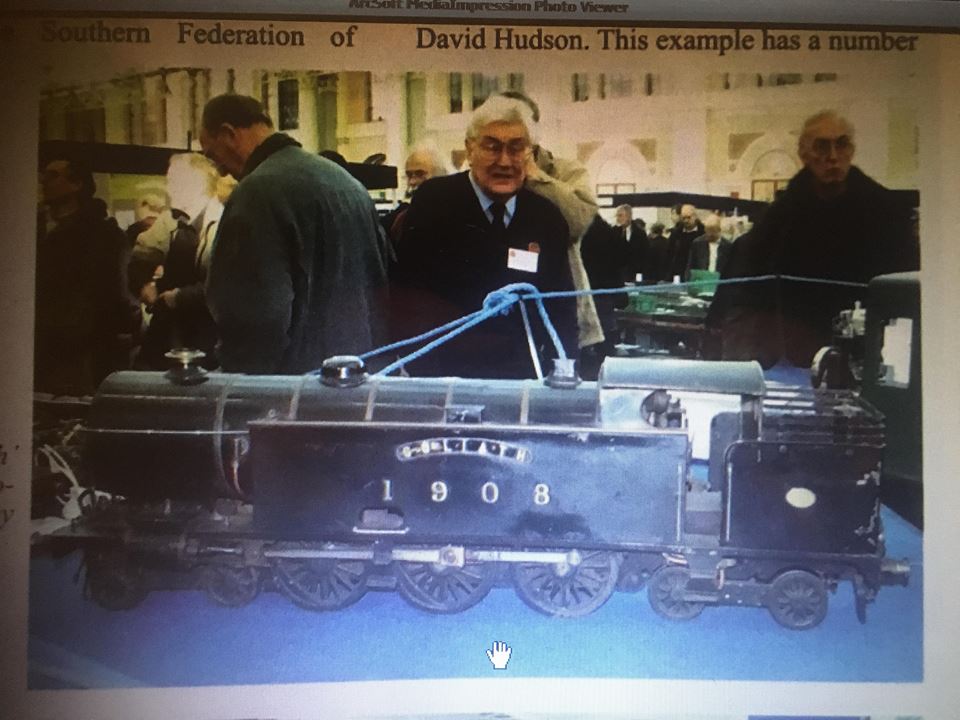
Mt Essex's full 1913 Model Engineer article is reproduced in the gallery below for you to read through if you fancy!
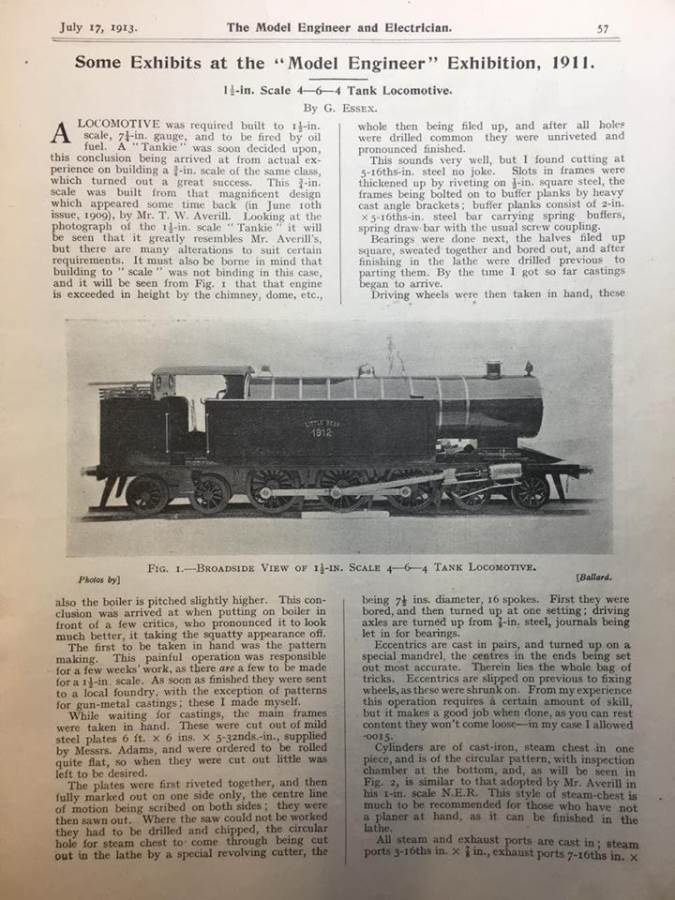
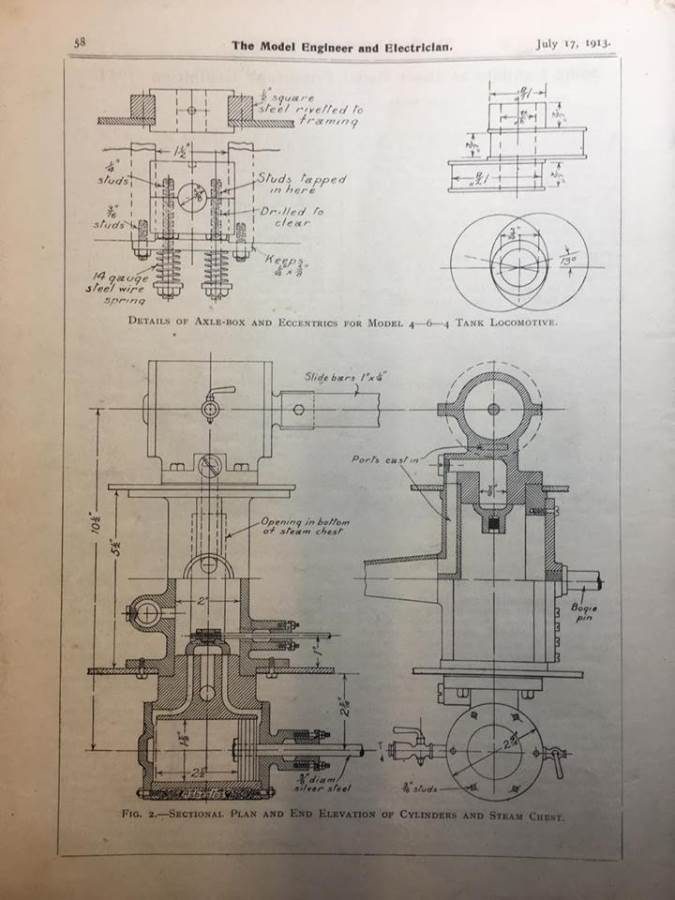
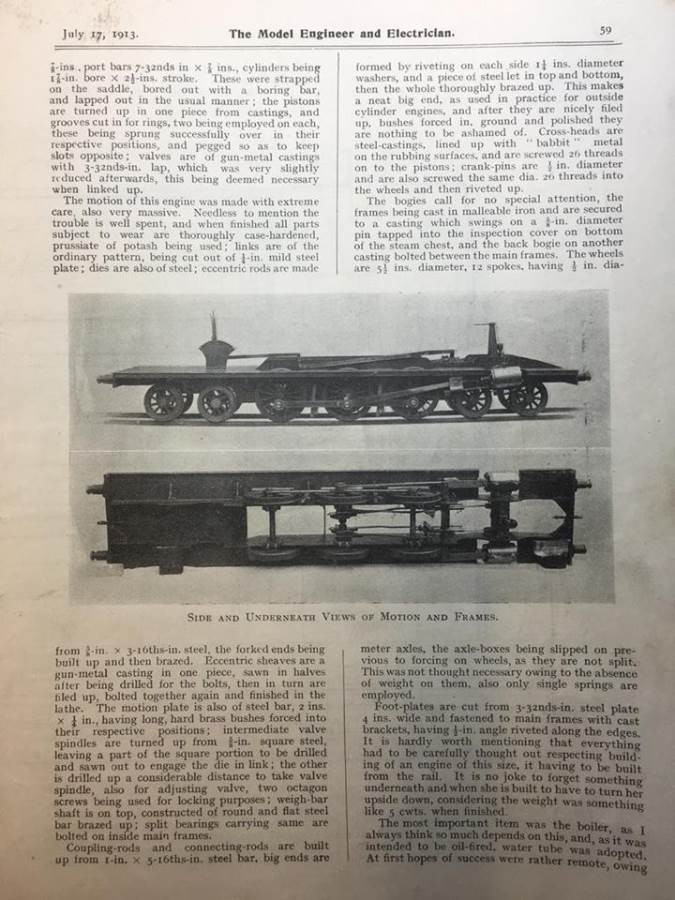
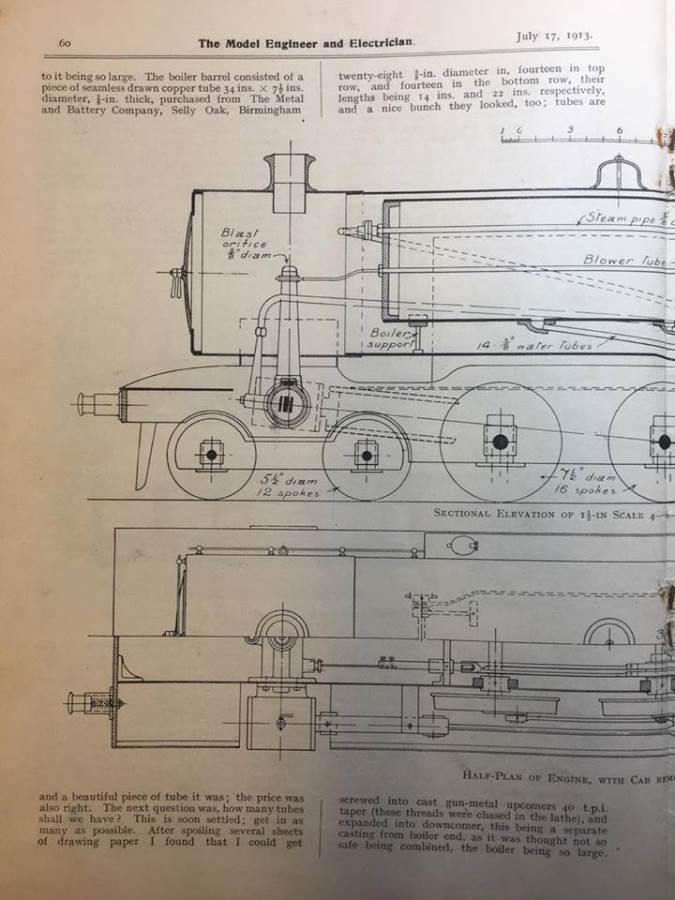
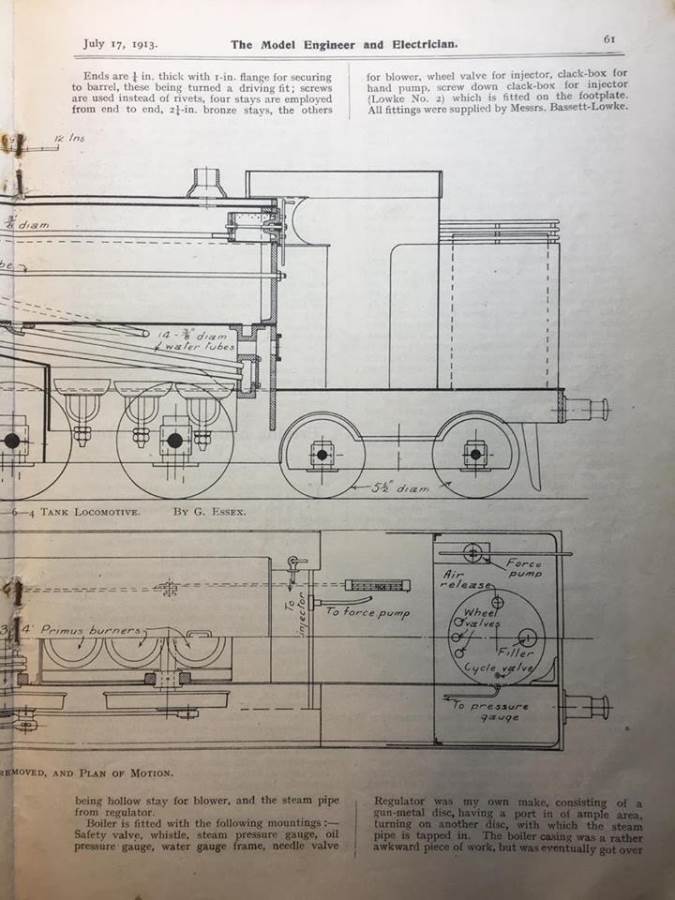
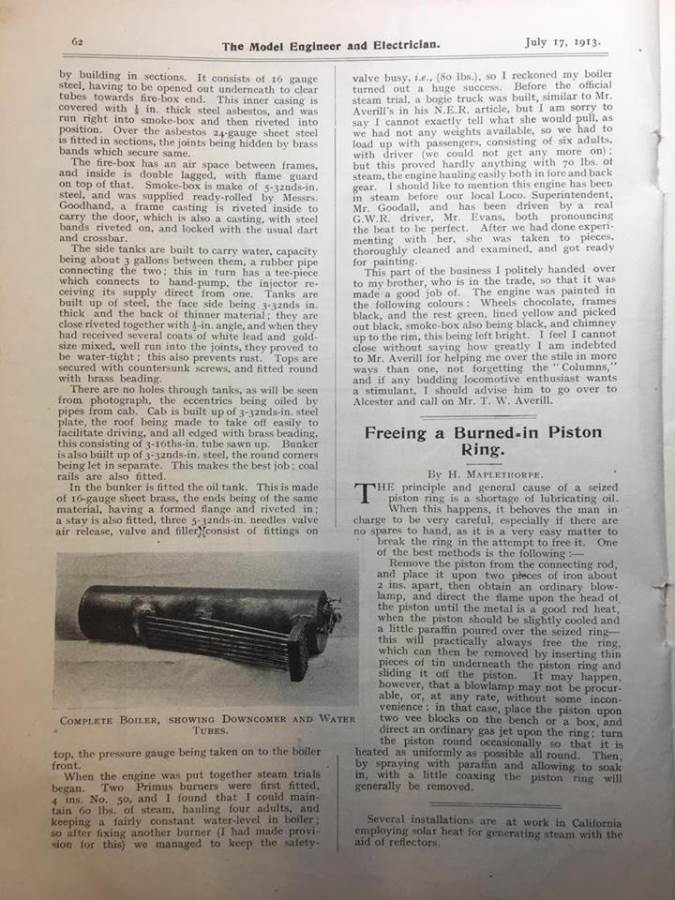
The more that we looked at this locomotive, the more it became increasingly apparent that it hasn't actually done much work at all. Despite it's current 104 year age (at the time of writing), we reckon that it was essentially a less than satisfactory performer, for a number of reasons, and therefore probably became sidelined more or less straight away. As mentioned above, we can't see how the originally photographed and described Smithies boiler could have performed adequately, and probably in fairly short order forced the construction of a replacement coal fired one. Ordinarily that would have been the solution to the locomotives apparent problems, however,...... as we've begun dismantling the model the plot has thickened!
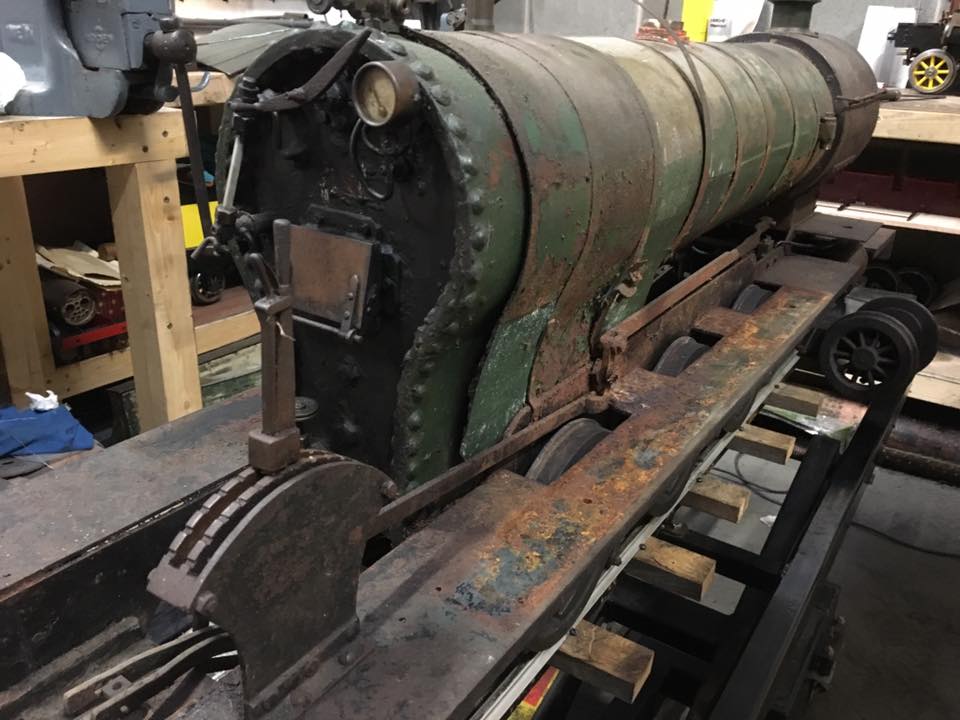
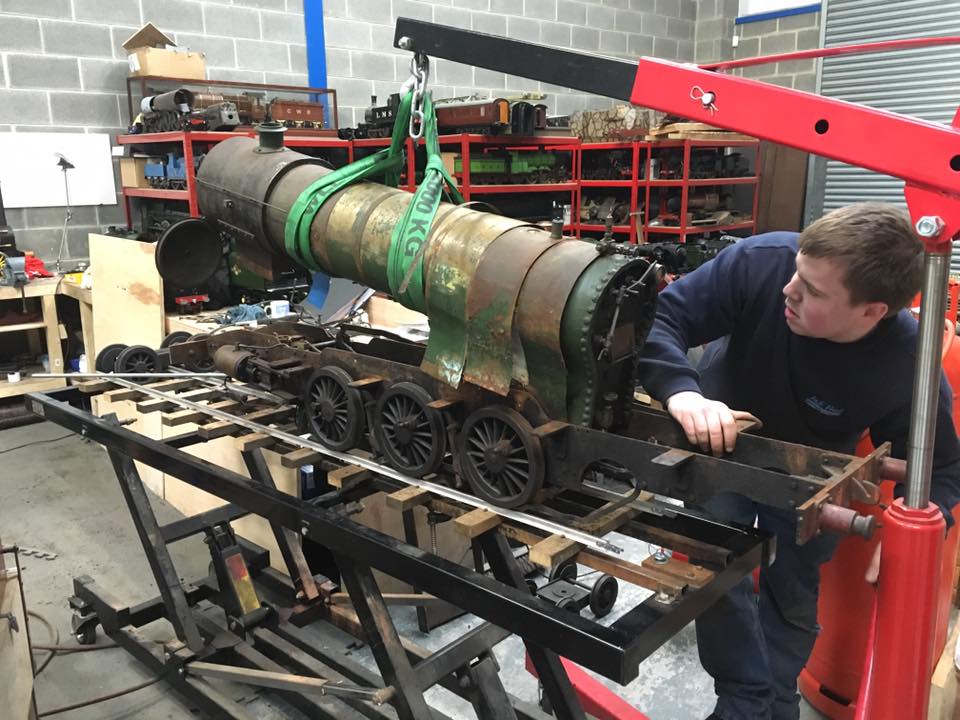
The grate for starters! Photographed below, is really in our view a little too tiny for the boiler to be likely to steam freely. An inspection of the available space shows that when we re-build the model, with a little sympathetic re-working of the grate and ashpan set up, we ought to be able to provide a much bigger grate area, necessary for such a large boiler.
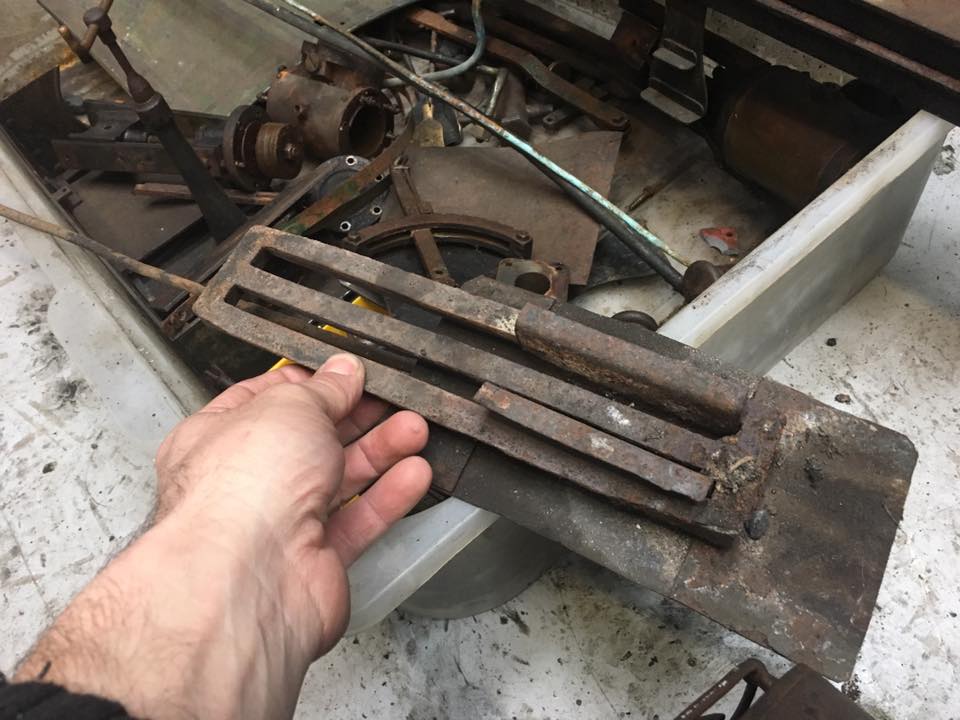
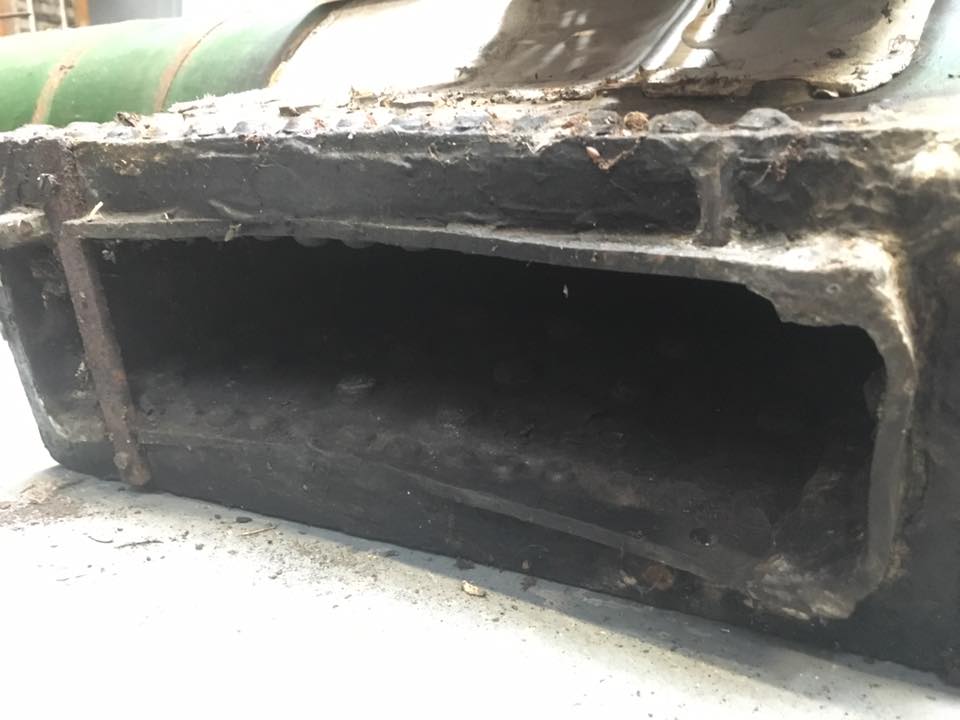
Next up was the cylinder ports. The cylinders themselves were already clearly on the small side for such a large boiler and locomotive, but we are keen to restore the locomotive as closely to the original as possible, so the decision was initially taken to leave the basics as they were built. We did discover however that the exhaust ports on the cylinders were really tiny, about half the area that really the model ought to need to be able to breath freely when running. They look a mess too, showing evidence that someone has come to the same conclusion and attempted rather crudely to open them up, damaging the top of one of the castings in the process.
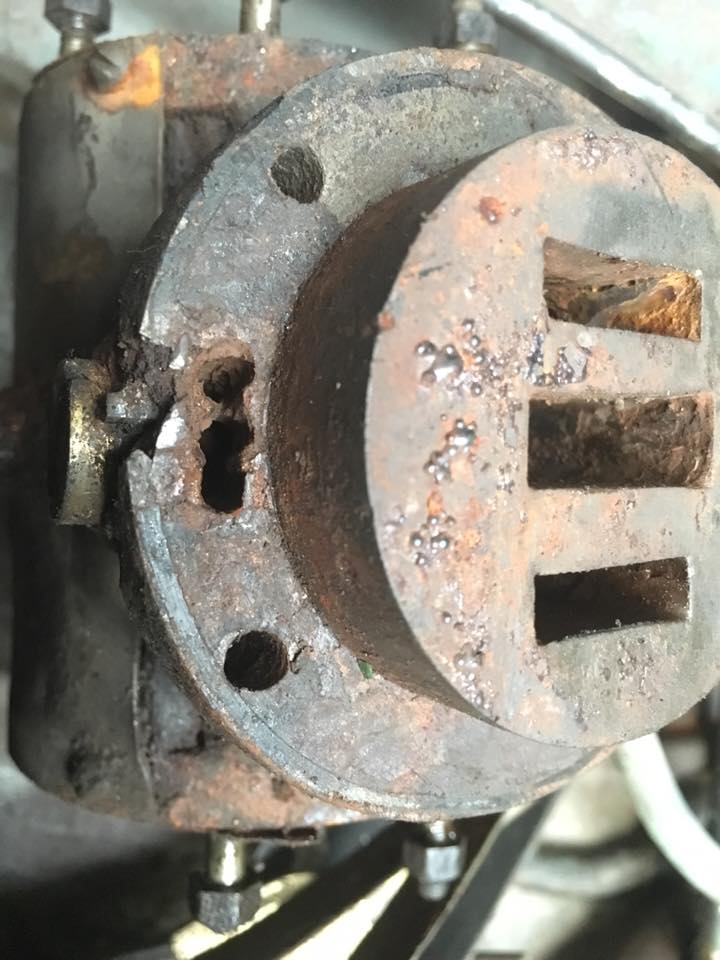
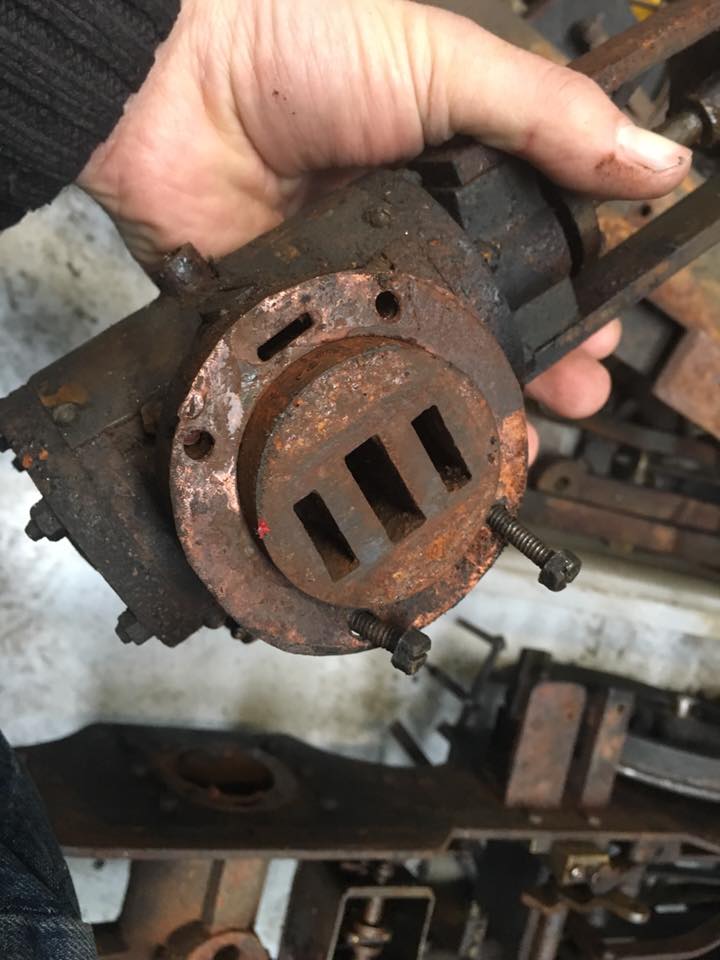
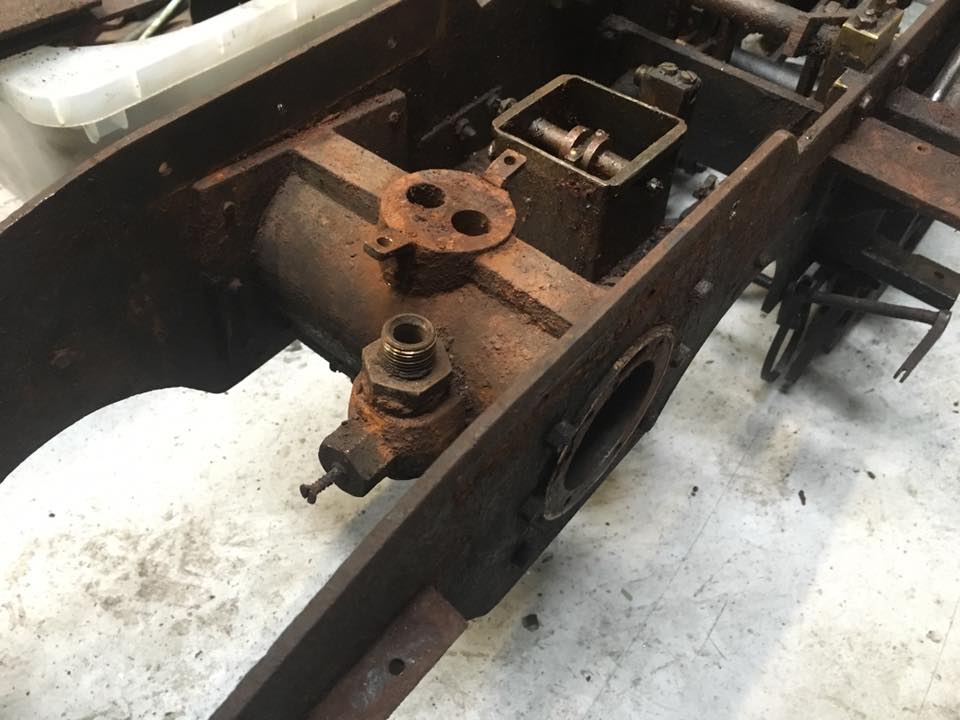
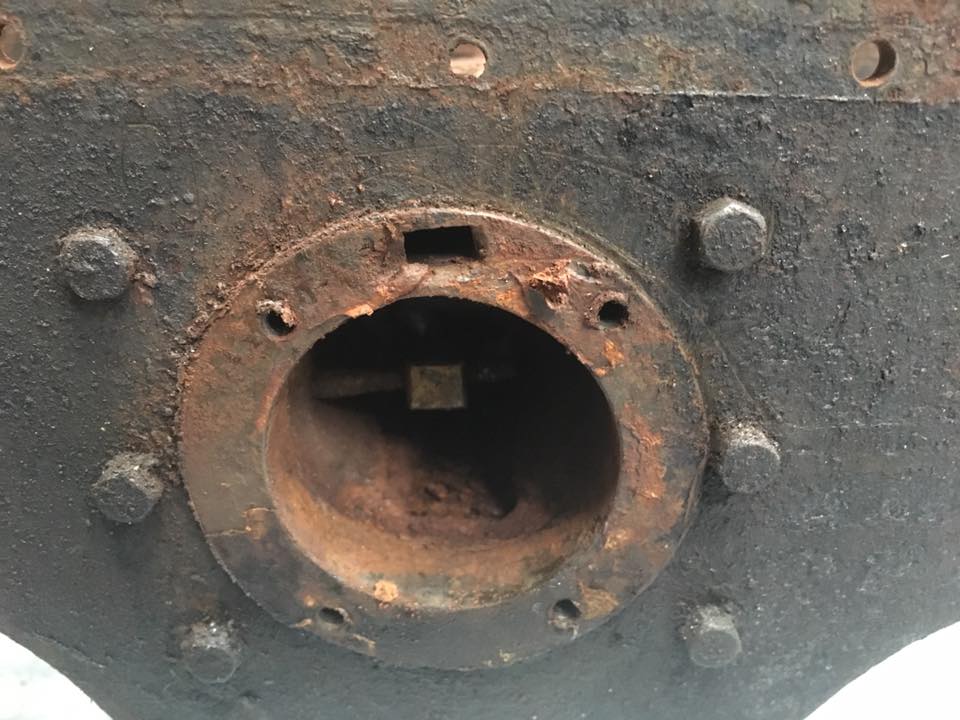
We looked at machining in proper, decent sized exhaust ports, removing and replacing the fractured and damaged material at the same time but ultimately decided that we would be removing a lot of the original casting in order to achieve an ultimately unsatisfactory compromise. Whilst the model is being restored with a firm eye on originality and authenticity,.... there's no point in creating a flawed locomotive at the end, so we are preserving the original cylinders as they are,.... in a box,.... and have designed and machined a brand new pair from solid cast iron blocks that, all being well should help make Little Bear will finally be the locomotive that Mr Essex hoped for over a century ago!
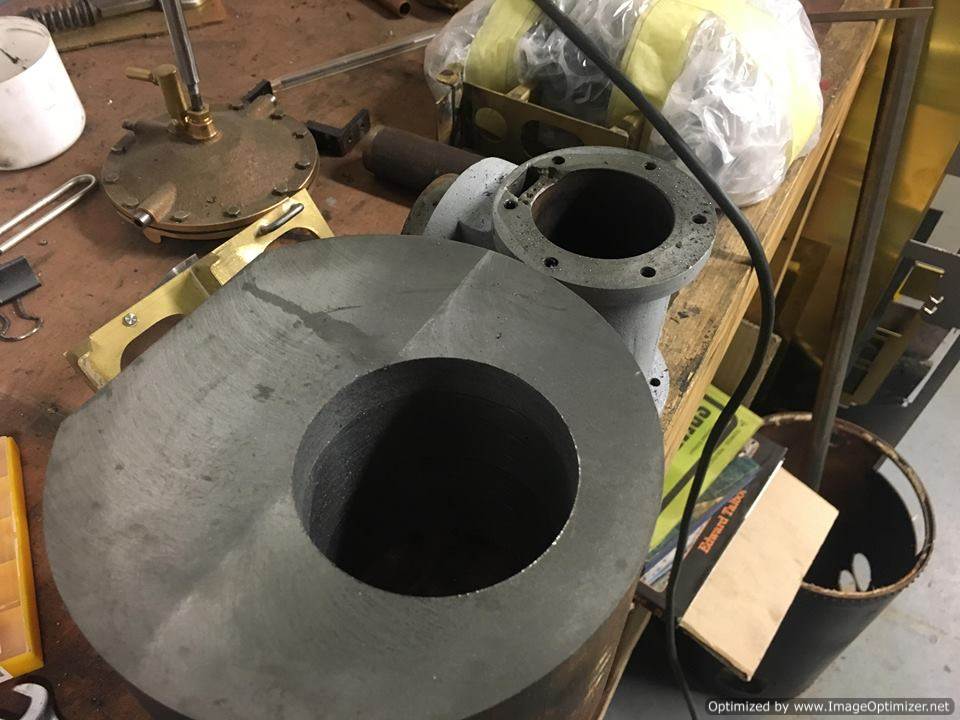
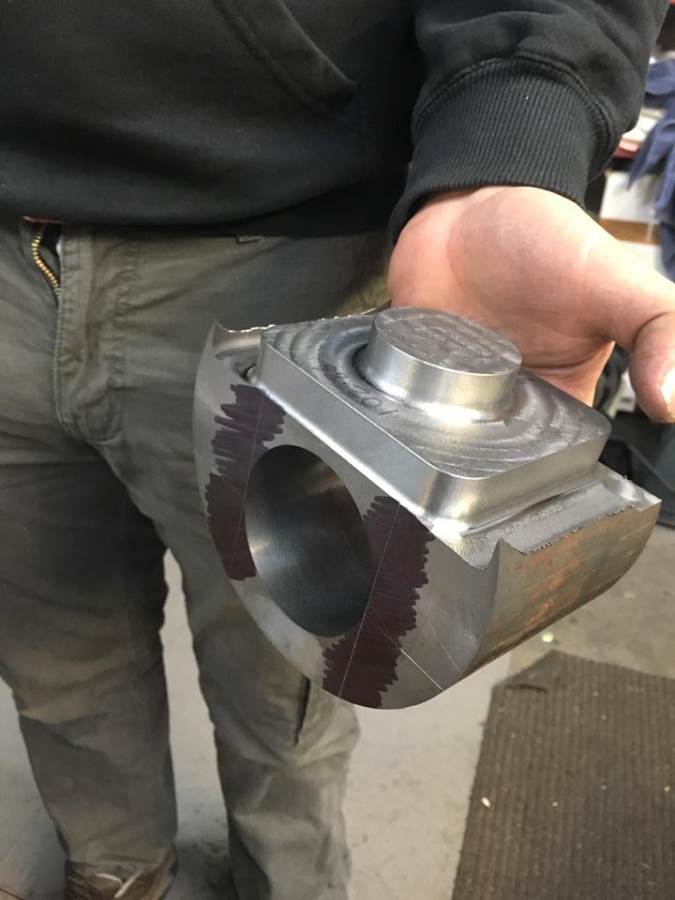
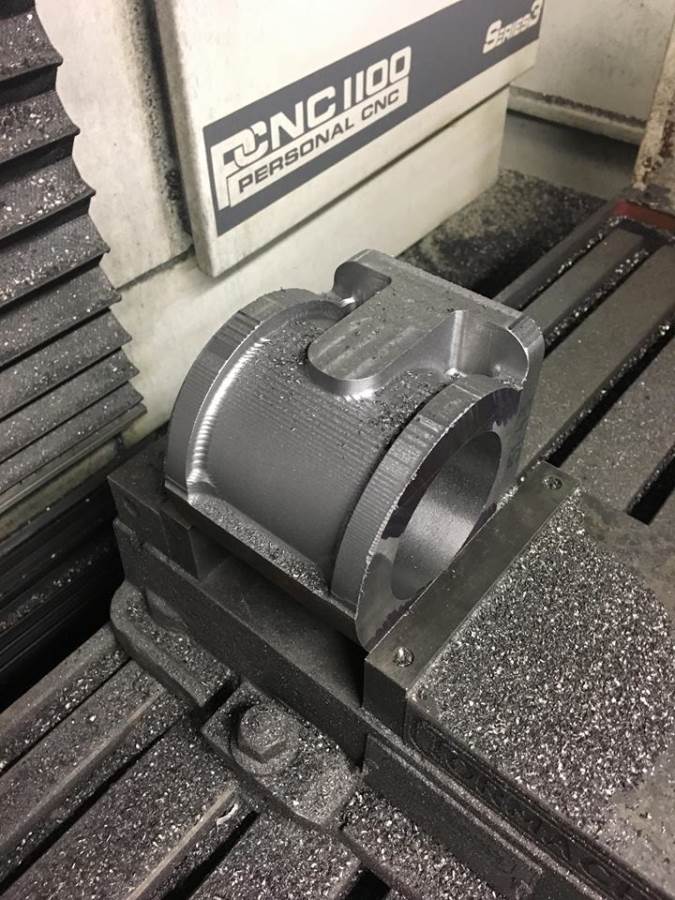
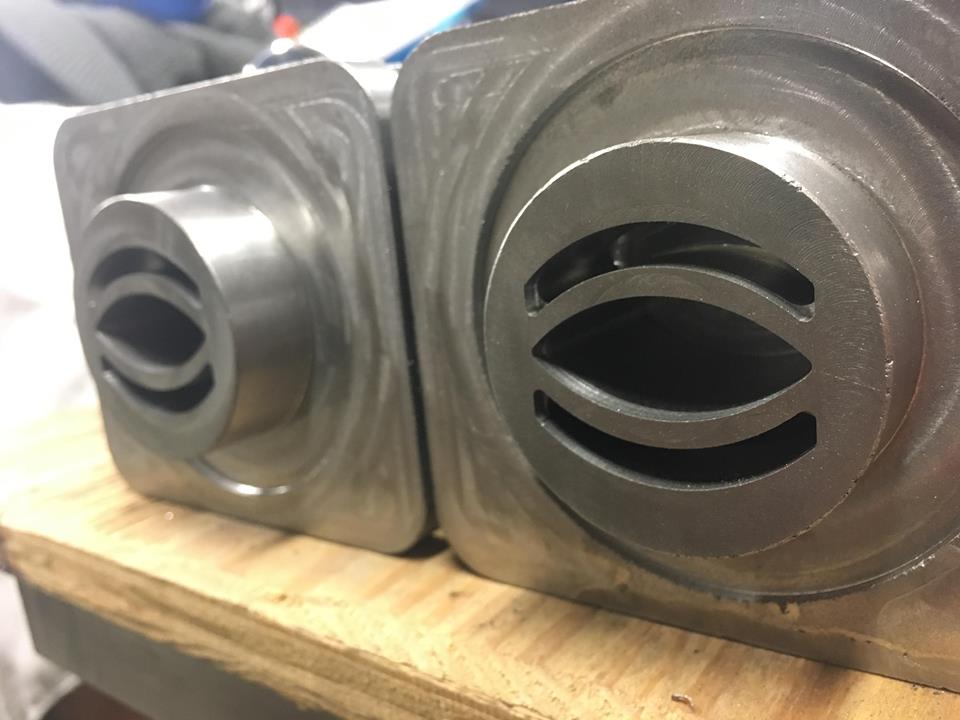
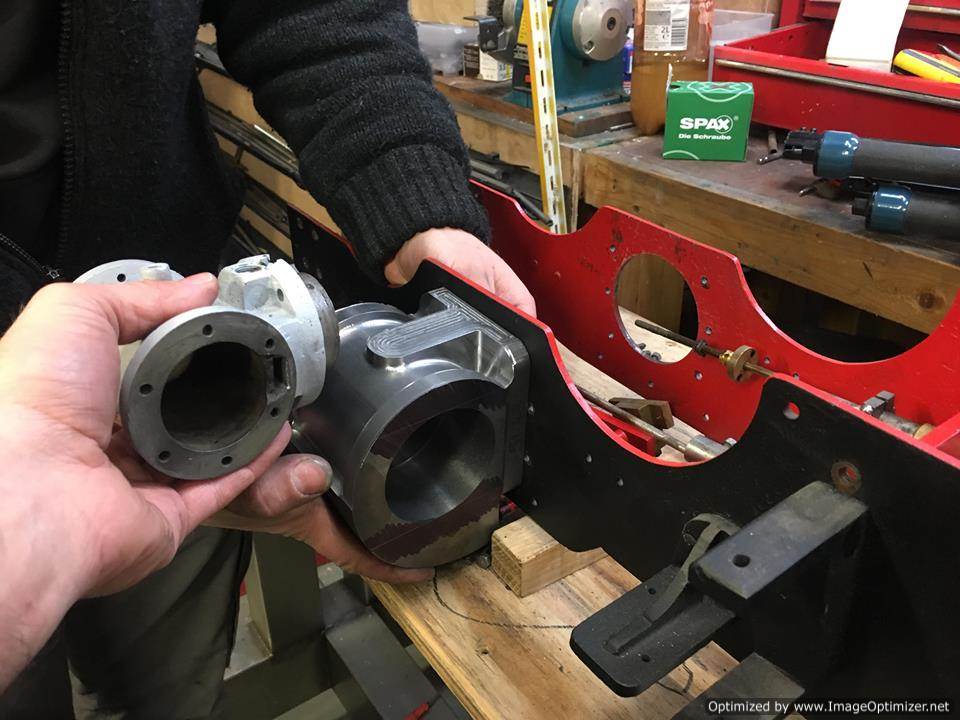
After the full strip down right to bare frames, all the major components were bead blasted back to bare metal so that we could get fresh paint on and bring the whole thing back to life. The smoke box was particularly hard to remove from the boiler, large iron rivets having been employed to ensure the two never parted! They weren't in particularly neatly though so we felt that it was no great loss to drill and chizzle them out, ultimately putting neat new ones in during the rebuild.
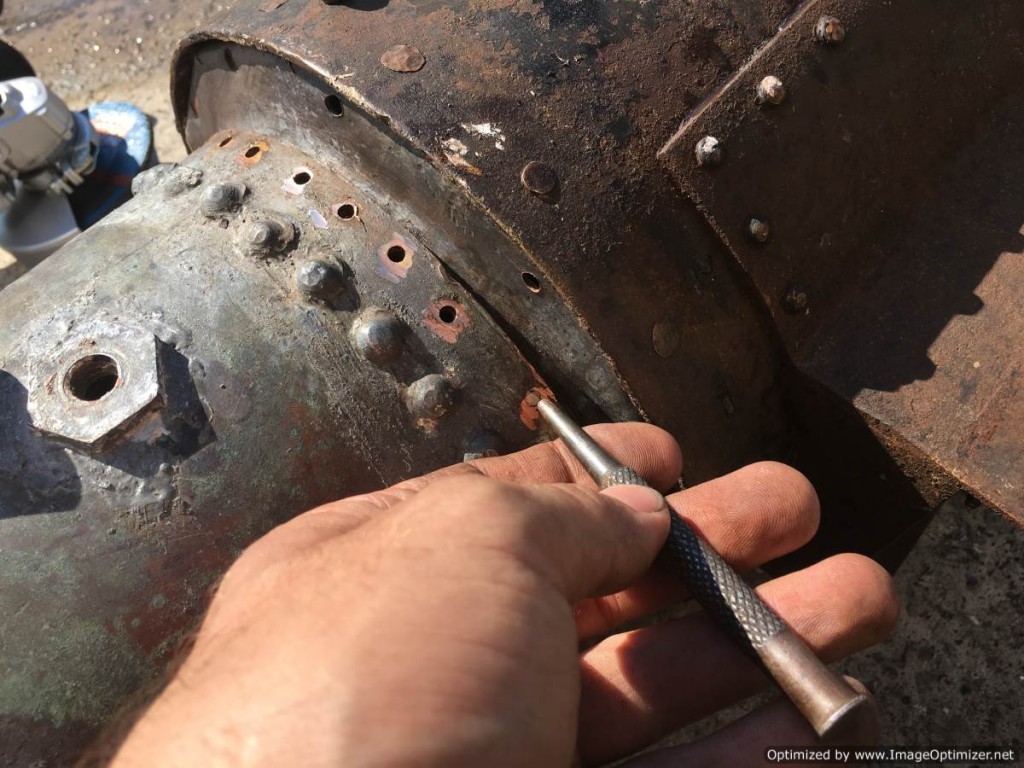
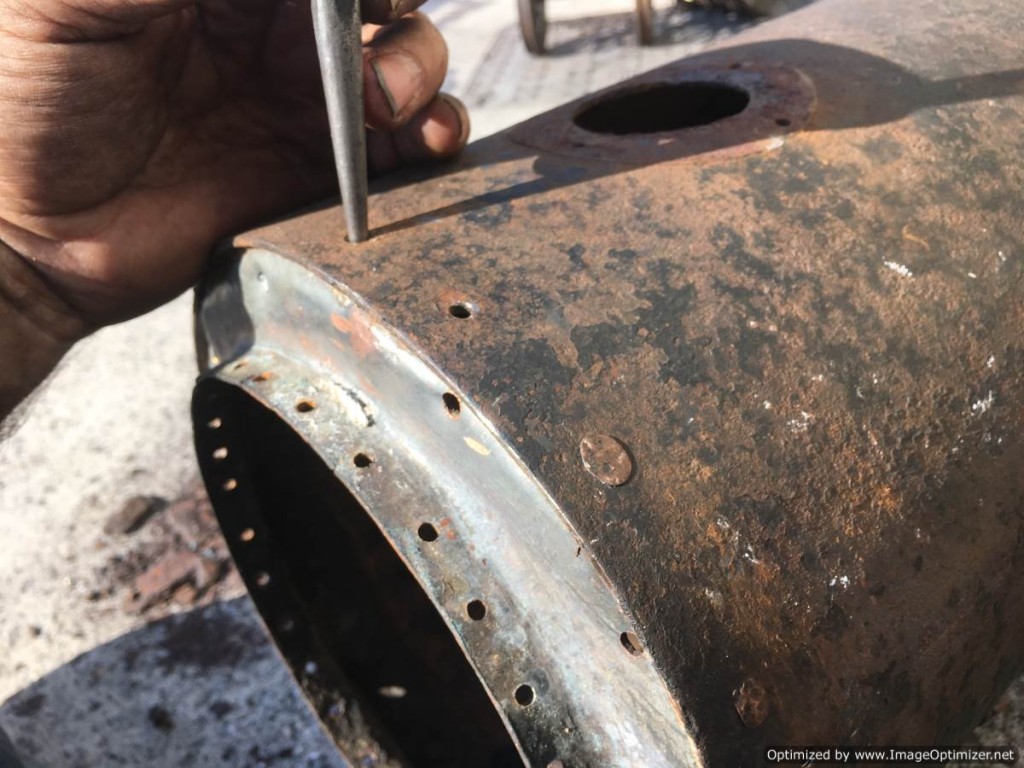
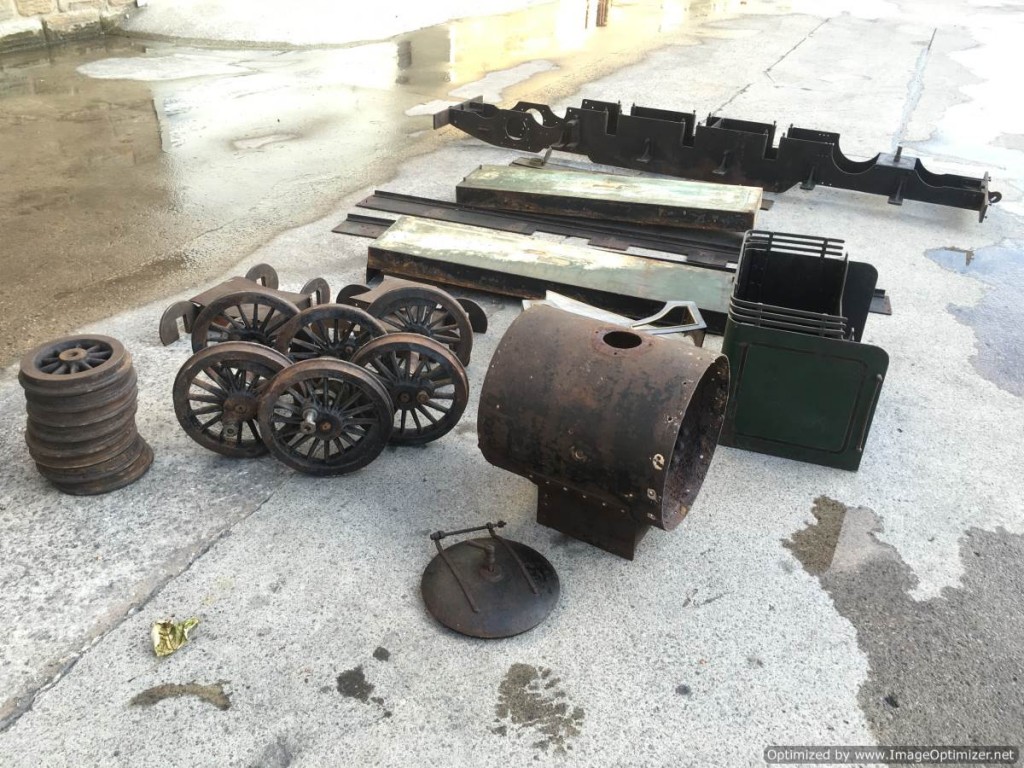
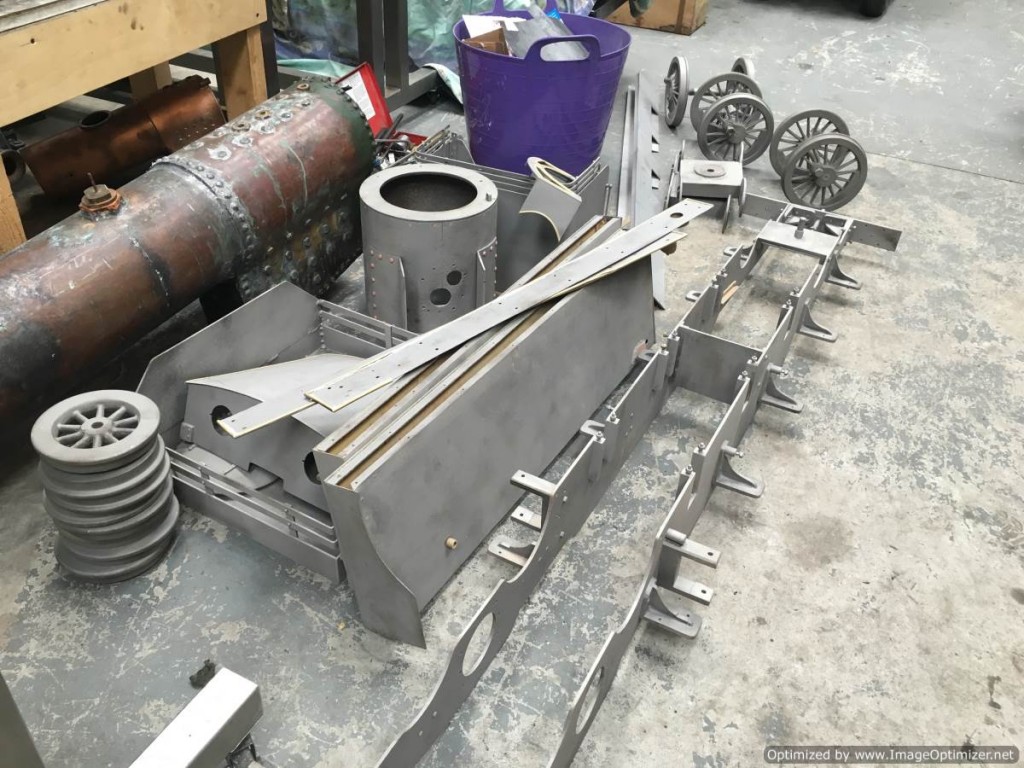
Next up we repainted, certainly into primer everything immediately so that the rust couldn't get back in. The frames and bogies were very quickly back into top coat. Satin black for the outsides and gloss red inside.
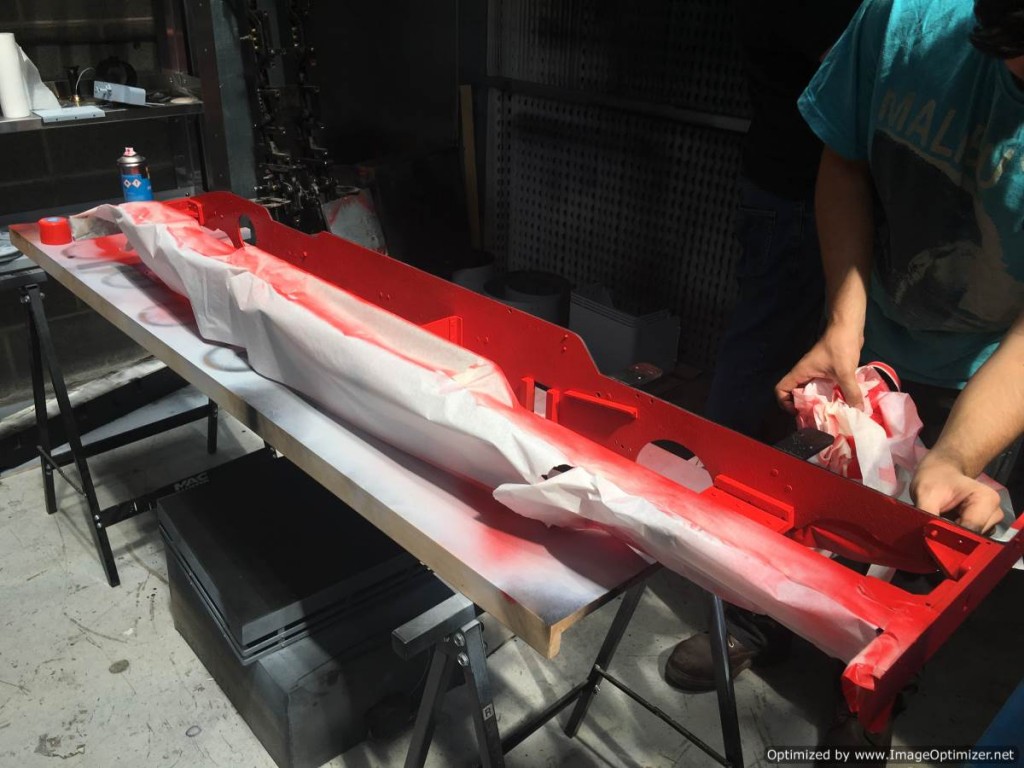
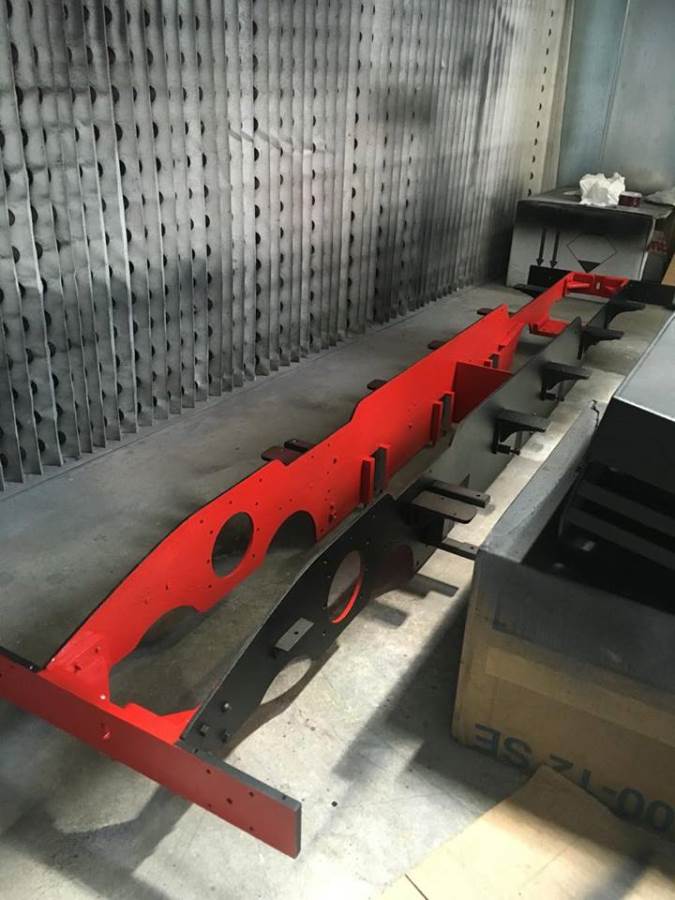
A few little jobs were ongoing at this stage too. The chimney was a little crudely finished, and we felt that a nicer shape was achievable without straying too much from the original locomotive. A little skim up on the lathe and a subtly defined cap shape defined, and we think the general Basset Lowke 'Little Giant' feel to it now will work particularly well. The cap will be left Brass and polished up.
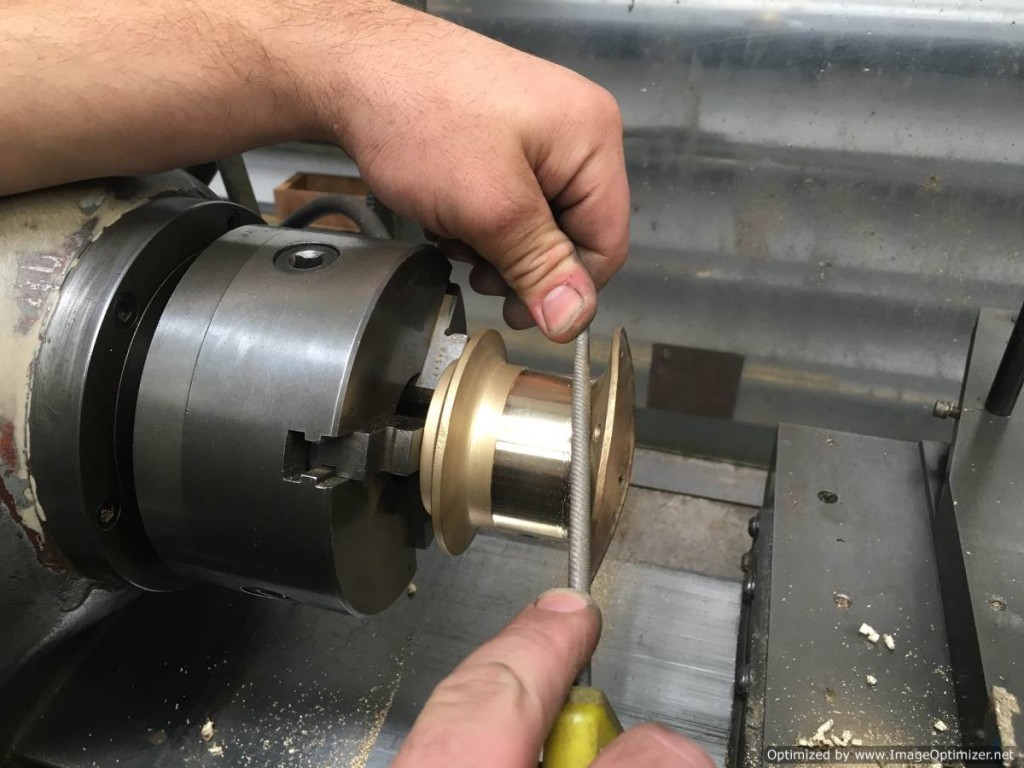
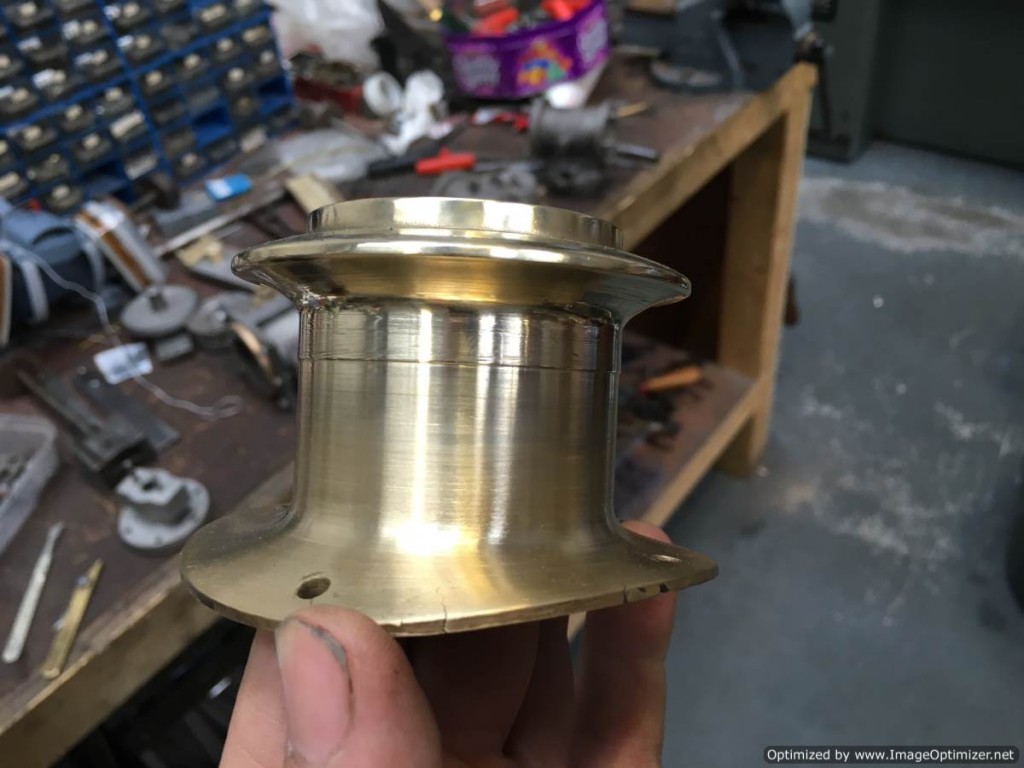
The valve gear was also tidied up at this point too. We draw filed each rod before burnishing them up with emery cloth to a bright finish and then popped in the parts polished for a few hours to get the ingrained rust particles. We've stopped short of re-machining the surfaces entirely perfectly, as again, we didn't think that was appropriate for this model. It needs to be tidy and fresh, but we feel it also should show it's age rather than just being entirely crisped up.
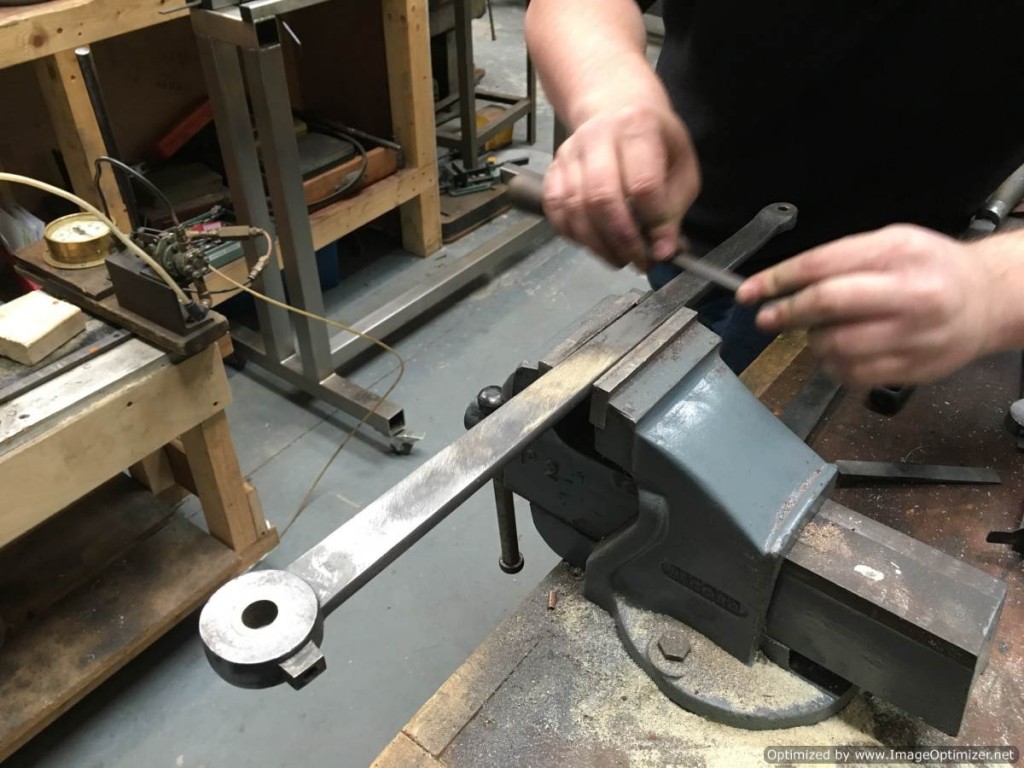
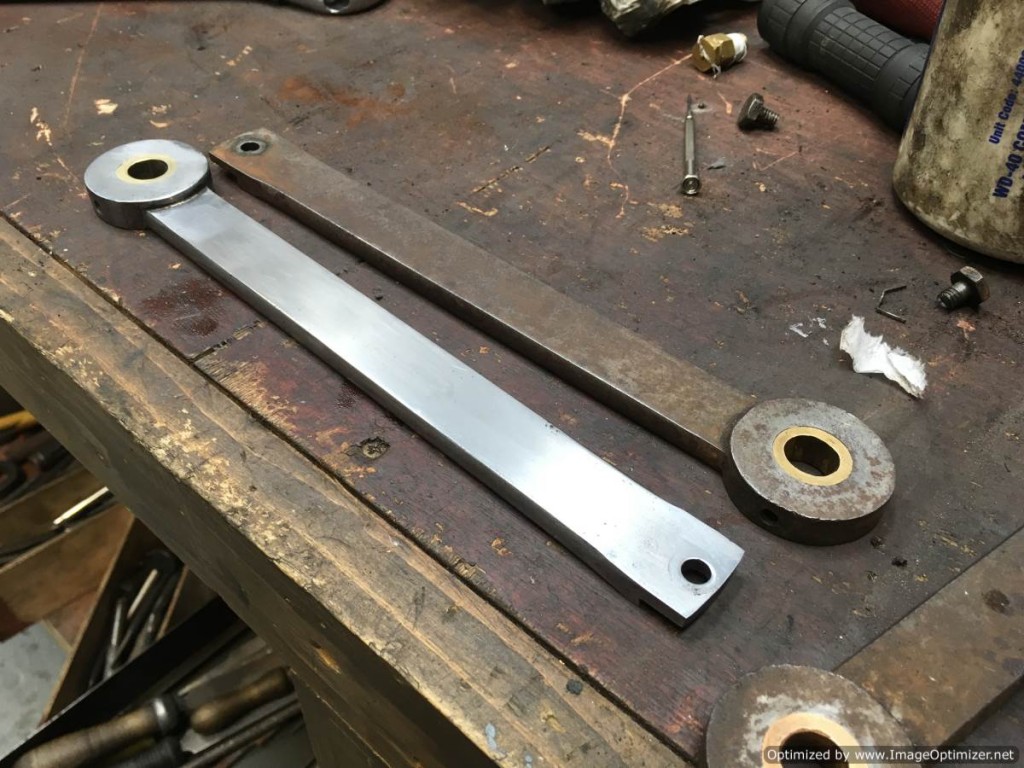
There were several cracks and breaks under the skin too. The smokebox required a welding repair to it's front ring, and one of the bogie pivot plates had clearly seen a repair at some point in it's history too.
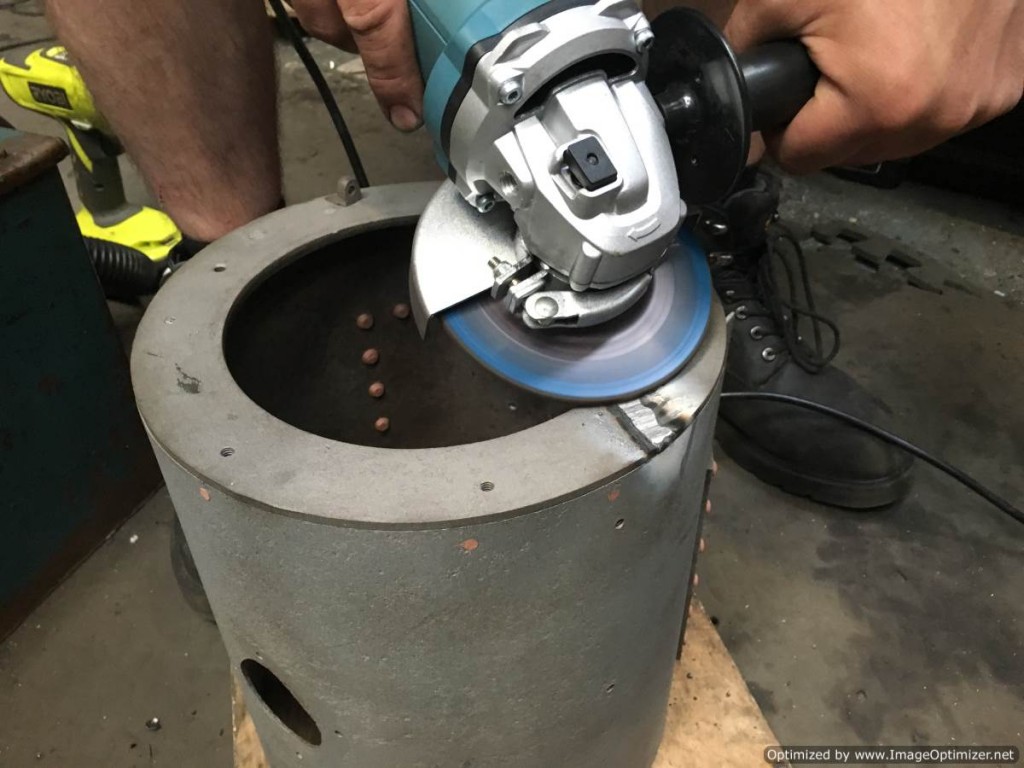
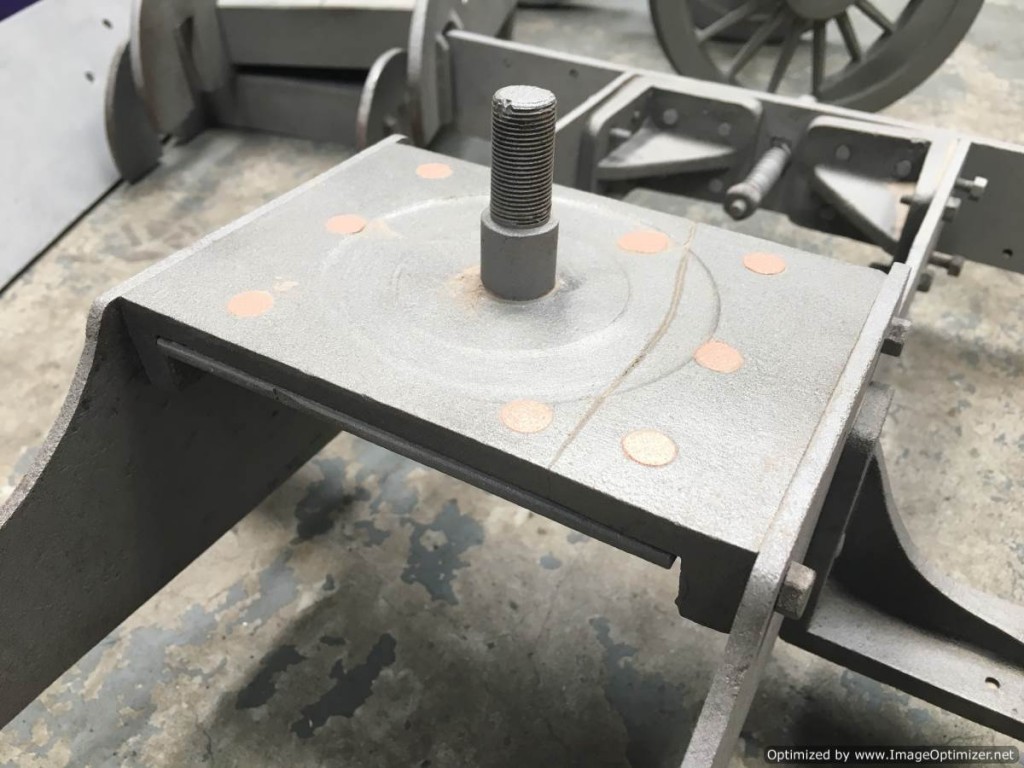
Interestingly now, upon reassembly of the bogies, we noticed that they had literally no side play at all. Meaning that the bogies pivot purely around their central fixed pin. Essentially this means that this locomotive has never been round a corner in it's 104 year life! If it's been used at all, then we think it must have done so up and down a straight track, and certainly wouldn't have been able to negotiate points! Again, this too suggests to us that she's not seen much use, and although well made, we think made by someone without much actual miniature railway experience. Interestingly,.... as I wrote that sentence it occurred to me that in 1912, nobody had much miniature railway experience,.... so we shouldn't judge dear old Mr Essex too harshly! This was one area where we were therefore forced to make subtle modifications. The center holes in the bogie frames were milled out on the Bridgeport, to enable side play, and a square slide nut was made up for each end. Simple centralising springs were added to improve the ride, and now hopefully she should go round any railway that she is presented with!
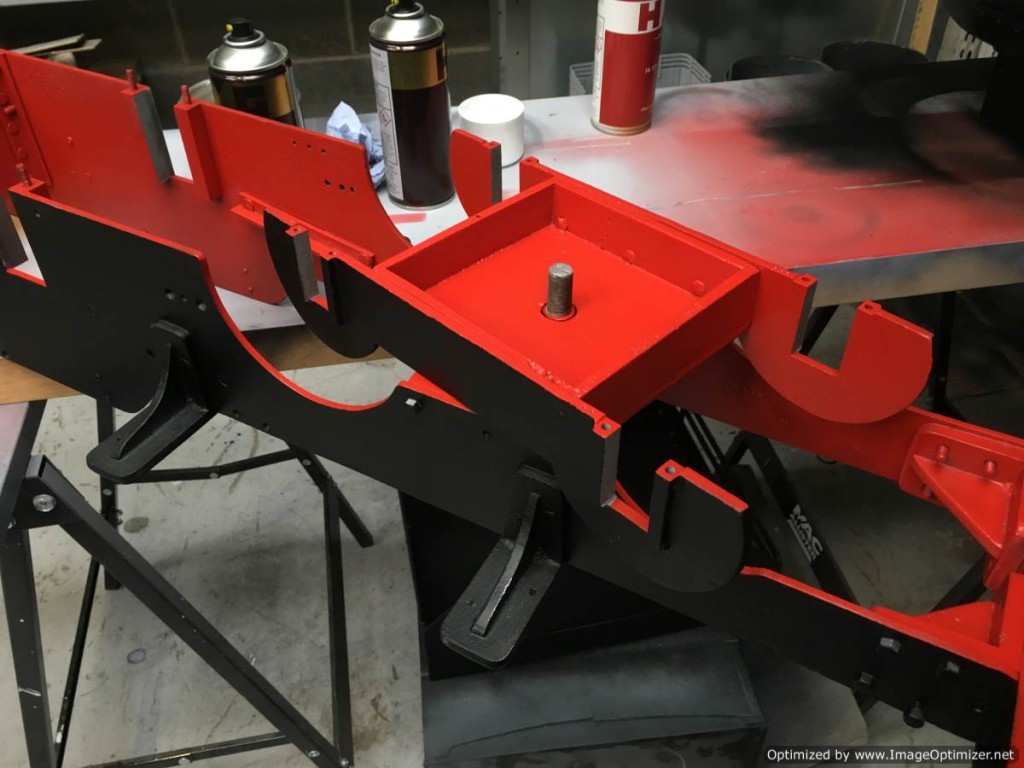
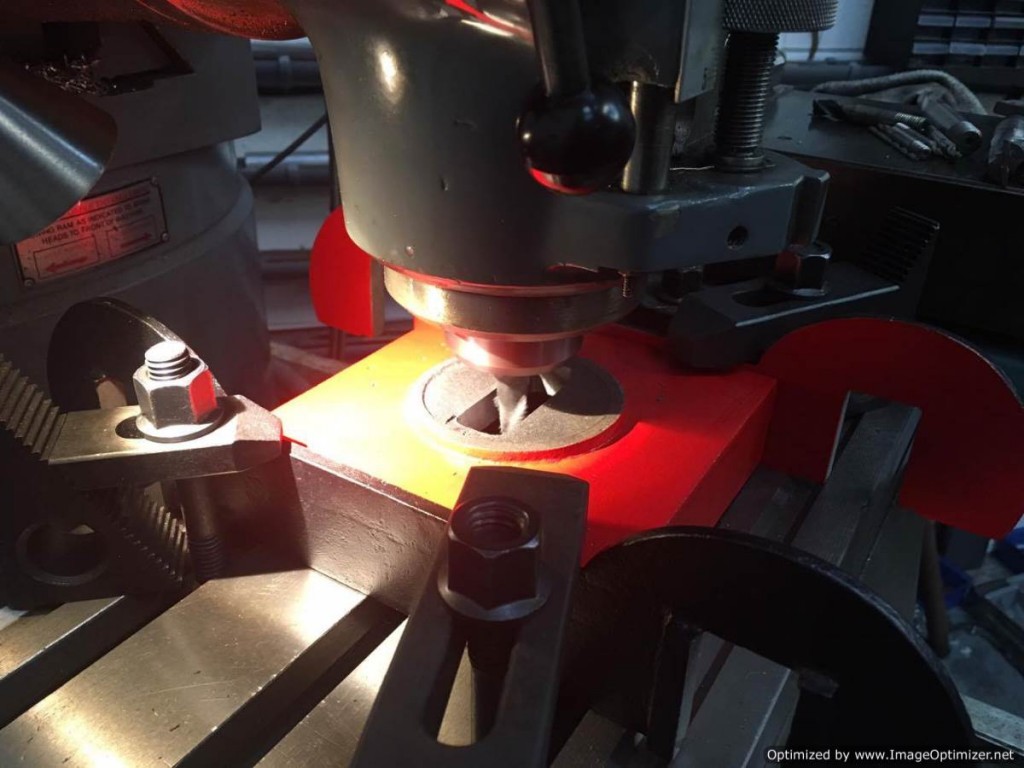
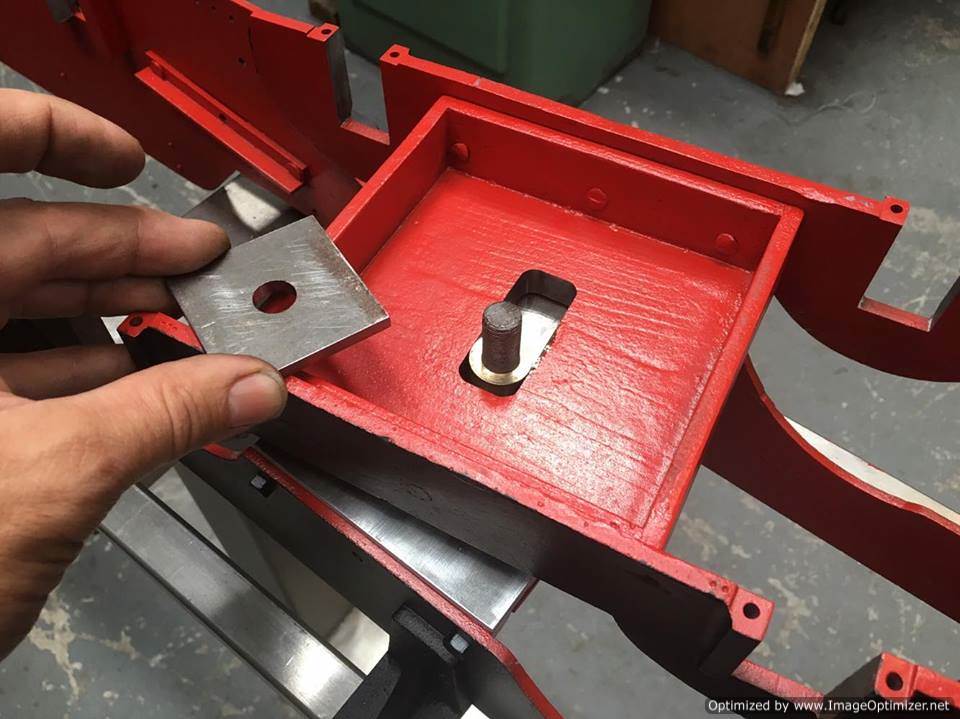
The wheel profiles were pretty terrible as you can see. Big numb flanges that would have derailed at the first point, so we machined them all up to a far better profile. Dark brown paint on the wheels as directed by the original 1913 Model Engineer article.
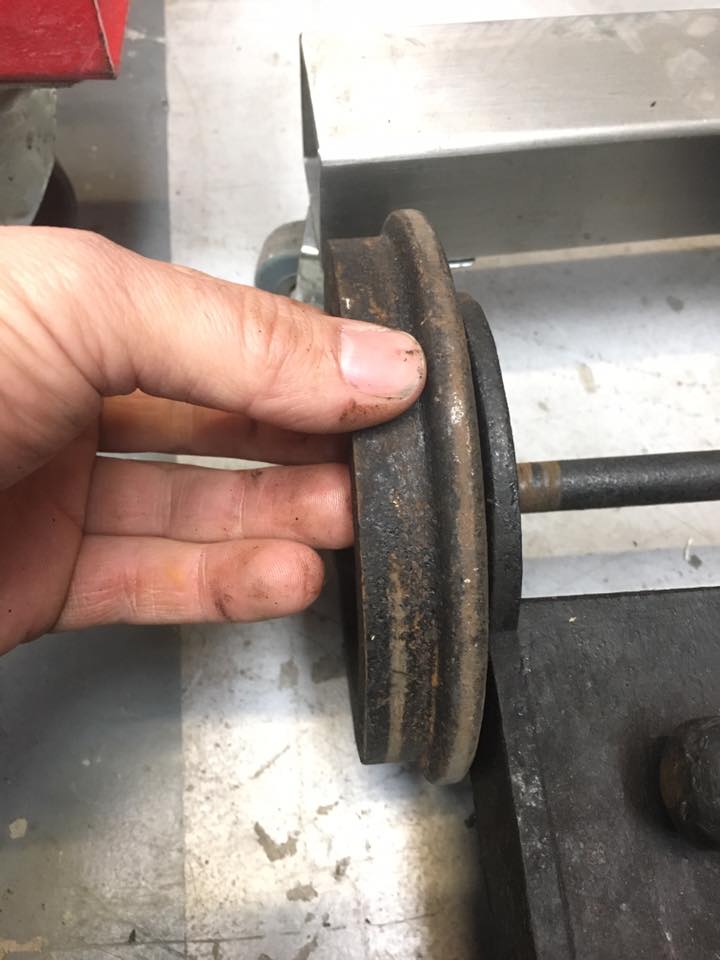
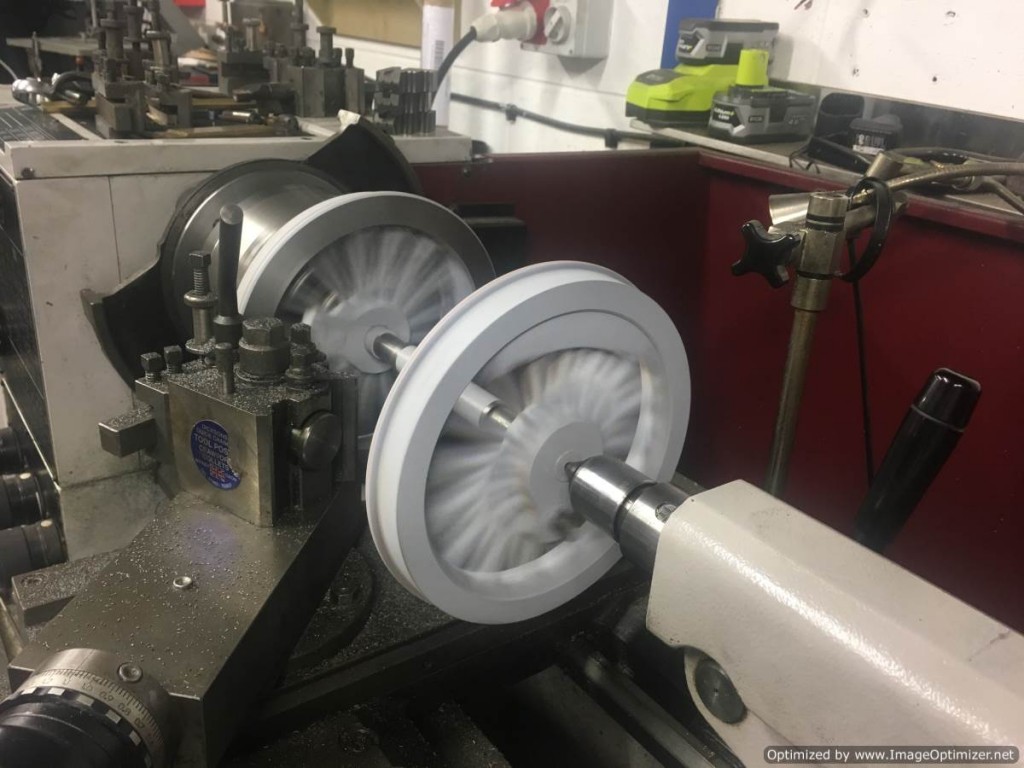
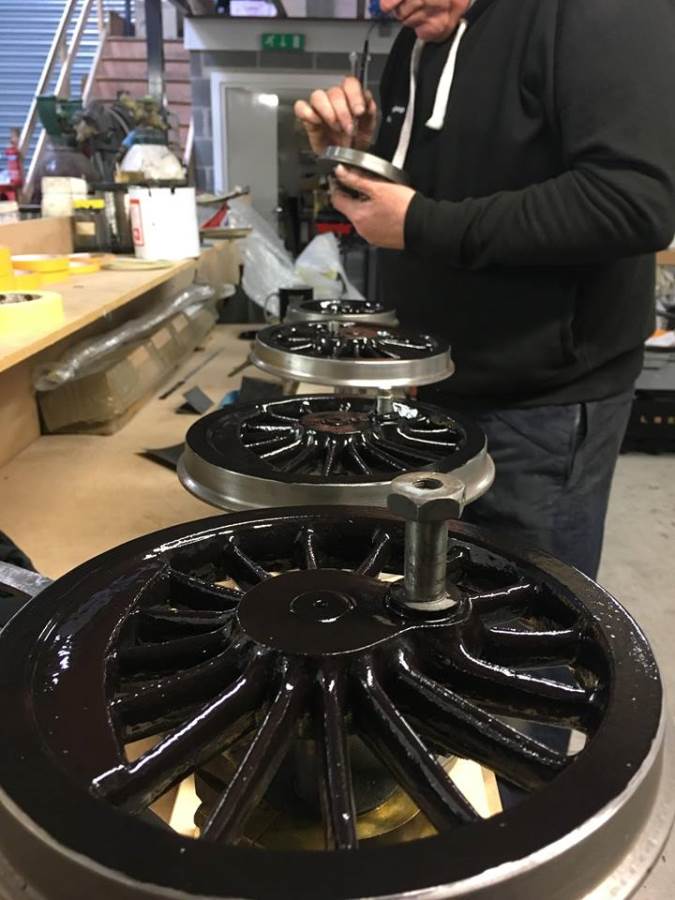
Then we encountered a little set back!! We'd decided to press in new axles (the originals being too corroded and pitted to use in the boxes,.....), but unfortunately one of the bogie wheels had a hairline fracture in it. The pressure of the few thou press fit caused it to literally explode!! Extremely frustrating as we were trying really hard to restore and re-use as much as possible of the original loco rather than make things from new. However, the wheel was modeled up in CAD and a new one cut from solid,..... so hopefully you can't tell the difference now!
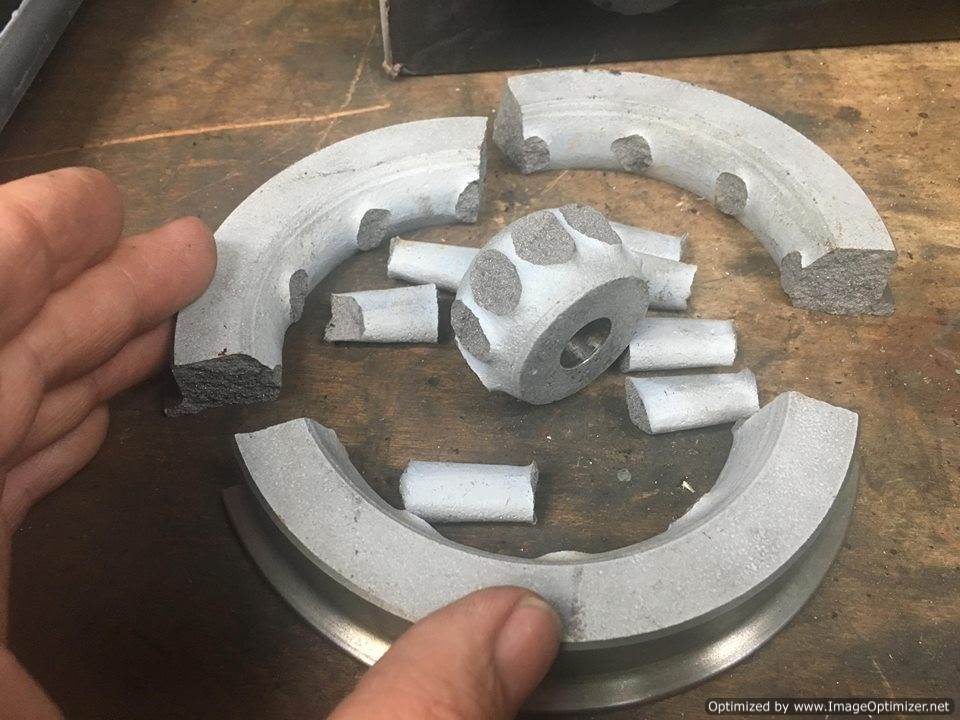
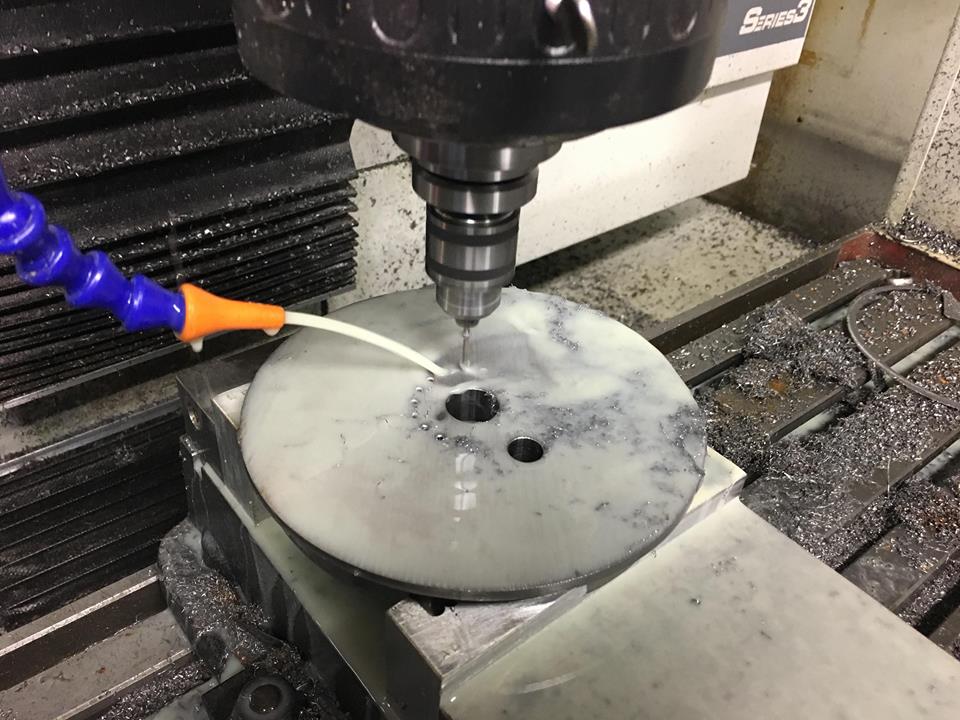

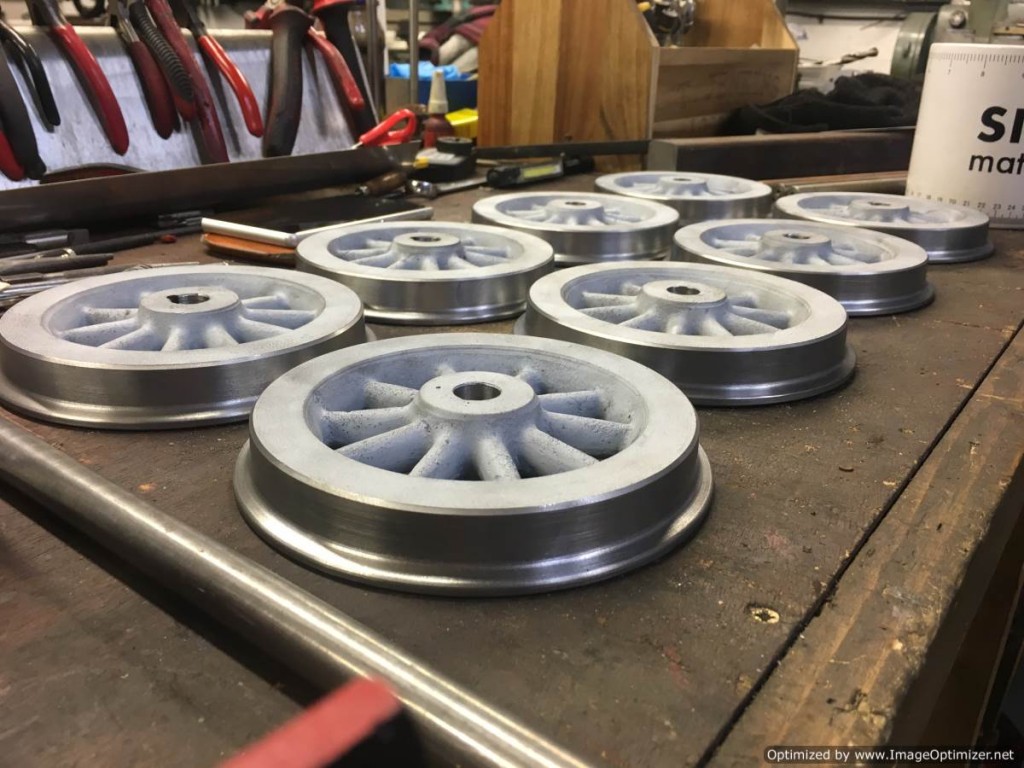
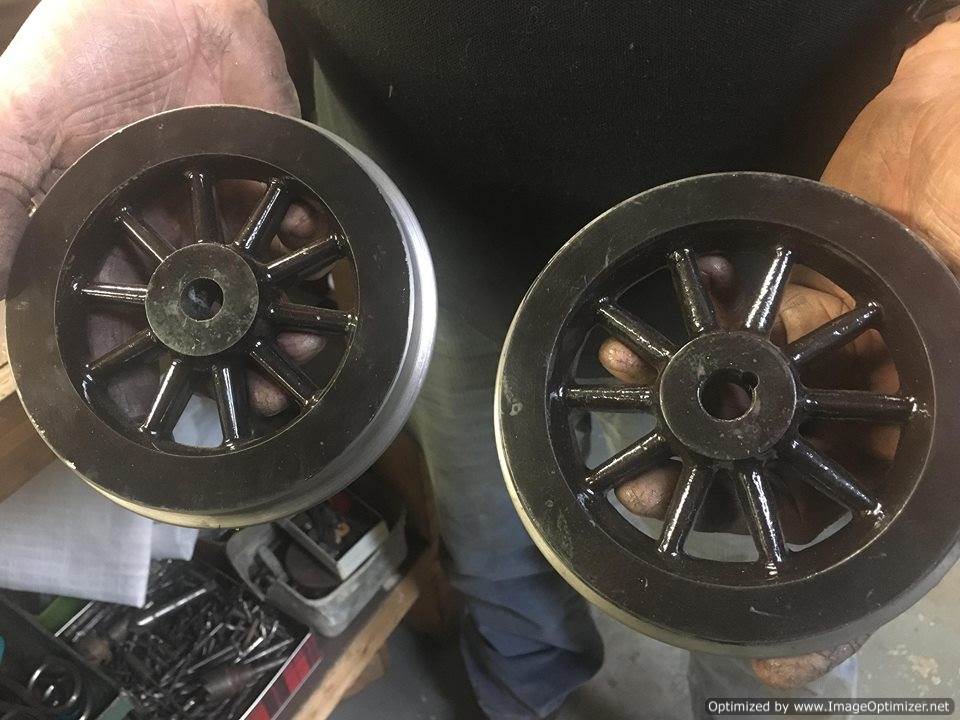
And here we are with the all important 'after' photographs, starting with the loco posed in the same view as the original 1913 Model Engineer photograph.
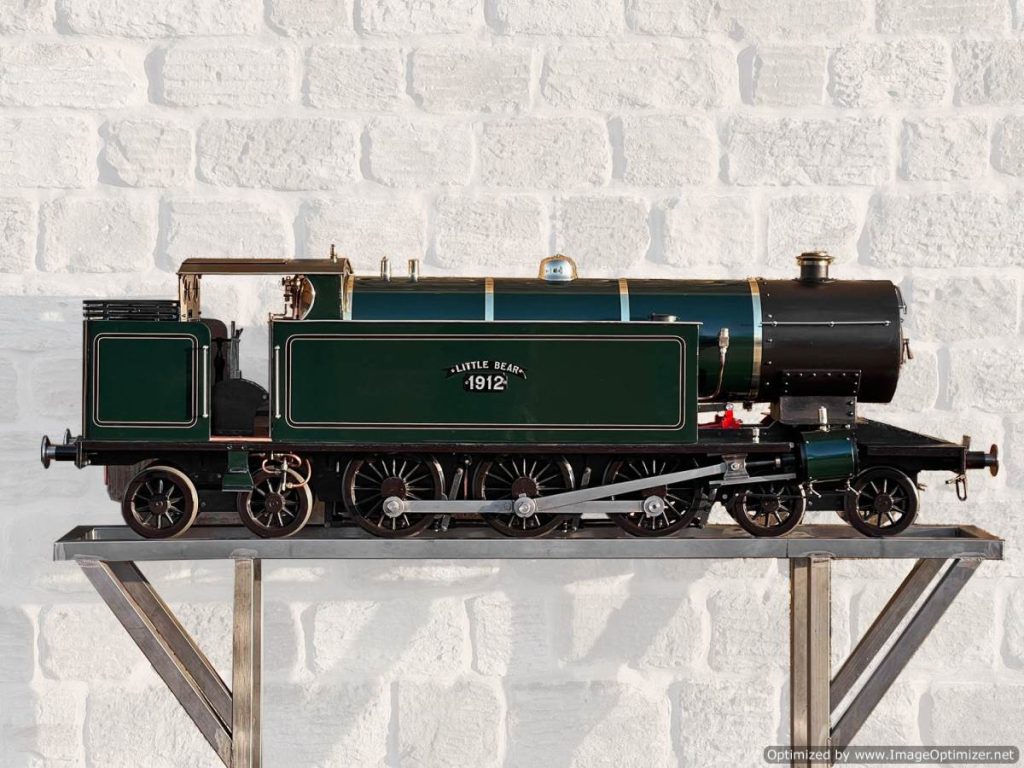
Our very own Mark here at The Steam Workshop has made a little film of firing up Little Bear on test which we thought you might enjoy.
Follow us on Facebook for more up to date progress reports. Or for any more information please don't hesitate to give us a bell on 07816 963463.